
One of the world’s leading publishers of printed classical and educational music.

William Walton Catalogue
- Text
- Walton
C32 Dr e a m i n g Li p
C32 Dr e a m i n g Li p s music for the film Date of composition: 1936 Holograph: whereabouts unknown Film details: Adapted from the play Melo by Henri Bernstein; screenplay by Carl Meyer, Margaret Kennedy, and Cynthia, Lady Asquith. Director and producer: Paul Czinner; associate producer: Max Schach; editor: David Lean. Capitol Film Corporation, Denham Studios. Duration of the film: 94 minutes Cast included: Elisabeth Bergner (Gaby Lawrence), Raymond Massey (Miguel del Vayo), Romney Brent (Peter Lawrence), Felix Aylmer (Sir Peter Blaker), Joyce Bland (Christine), and Sydney Fairbrother (Mrs Stanway). Music composed for the following: Title music, Rumba, Tango, Foxtrot, Coffee making sequence, Temperature chart sequence, Dream sequence; Exterior of house, Rape sequence, Café sequence, Final sequence, and end titles. (As set out by Walton in a letter, dated 30 January 1937, to G. H. Hatchman at the Performing Right Society (PRS archive).) Hyam Greenbaum may have orchestrated several items and provided additional music but all was uncredited. Tchaikovsky’s Violin Concerto (last movement), Beethoven’s Violin Concerto (with cadenza), and Tchaikovsky’s Waltz featured in the film and were recorded by Antonio Brosa in a studio reconstruction of Queen’s Hall, London. The rape scene is mentioned only in Walton’s letter to the PRS and does not appear on the Mechanical Copyright Protection Society’s list. It may, at some stage, have been omitted on the recommendation of the Board of Film Censors. Music played by the London Symphony Orchestra conducted by Boyd Neel. Instrumentation: unable to trace First UK showing: London, London Pavilion, 2 February 1937 First USA showing: New York, Rivoli, 19 May 1937 Publication: Unpublished, although a concert suite of music from the film was planned by Walton and Hubert Foss (letter in the OUP archive dated 7 February 1937). Nothing, however, materialized. Writing to Hyam Greenbaum on 25 July 1938, Foss said ‘I am still waiting on you for the suites from Walton’s As You Like It and Dreaming Lips’ (OUP archive). C105 Theme 43 Bibliography: Boyd Neel, My Orchestras and Other Adventures: The Memoirs of Boyd Neel (Toronto: University of Toronto Press, 1985), 98–100 • H. Dawkes and J. Tooze, ‘A conversation with Antonio Brosa’, Royal College of Music Magazine 65, no. 1 (Easter 1969), 10 • MFB 4 (February 1937), 28; MG, 28 Sept 1936, p. 12; 3 Feb 1937, p. 6 (R.H.); Ob, 31 Jan 1937; 7 Feb 1937, p. 14 (C. A. Lejeune); Times, 16 Oct 1936, p. 12; 3 Feb 1937, p.12 C105 Th e m e for organ improvisation One of four themes submitted to André Marchal (blind organist of St Germain-des-Prés in Paris) for ‘Improvisations of a Symphony based on these themes, specially submitted by four British composers.’ Besides William Walton contributing the theme (6 bars) for an Adagio, Alan Bush contributed the subject for a Fugue, Benjamin Britten the theme for a Scherzo (Allegro moderato), and Constant Lambert the theme for a Toccata. Date of composition: 1936 Holograph: The Arabesque Trust for Blind Pipe Organists (current owners of the estate and copyright of Felix Aprahamian) Commissioned by: Felix Aprahamian (as secretary of the Organ Music Society) First performance: London, St. John’s Church, Red Lion Square, 12 November 1936; André Marchal, organ Publication: The themes were printed for the Organ Music Society by Boosey & Hawkes Ltd. Bibliography: Donald Mitchell and Phillip Reed, eds, Letters from a Life: The Selected Letters and Diaries of Benjamin Britten, 1913–1976, vol. 1 (London: Faber, 1991), 441 • MT 77 (December 1936), 1104, 1111–13 (A. Frank) (‘The first of the four movements was the Adagio which seemed perfectly in accord with the mood of Mr Walton’s subject and drew from it a really beautiful piece of atmospheric organ music.’) For perusal purposes only
44 C33 Crown Imperial C33 Cr o w n Im p e r i a l coronation march for orchestra The score has the motto ‘In beawtie beryng the crone imperiall’, a quote from the poem In Honour of the City of London by William Dunbar (?1460–c1520). Date of composition: February–April 1937 In the South Wales Argus of 4 May 1937, it was reported that ‘Mr. Walton wrote it and his publisher has prepared it against the clock. The full score was finished at 5 am on Friday 9 April and picked up by messenger at 8.45 the same morning. The parts and score were ready for rehearsal by 10am on the following Tuesday.’ Holograph: Full score: Beinecke: GEN MSS 601 (FRKF 595a) • Piano arrangement (four staves): Beinecke: GEN MSS 601 (FRKF 595b) Commissioned by: the BBC, originally for the coronation of King Edward VIII, but after his abdication used at the coronation of King George VI and Queen Elizabeth (BBC memos dated 27 November 1936 and 5 March 1937) Instrumentation: 3(III + picc).2.ca.2.bcl.2.cbn/4.3.3.1/ timp/perc (2, pref. 3: tri, cyms, large gong, glock, t bell, sd, td, bd)/org (opt)/hp/strings Duration: 8 minutes 15 seconds (with optional cuts: 6 minutes 45 seconds) First performance: London, Kingsway Hall, 16 April 1937 (recording session for HMV DB 3164, 78 rpm); BBC Symphony Orchestra, conducted by Sir Adrian Boult, with Berkeley Mason (organ) First broadcast performance: London, BBC Studios, 9 May 1937; BBC Orchestra (Section B), conducted by Clarence Raybould First public performance: London, Westminster Abbey, 12 May 1937; Coronation Orchestra and Dr. Ernest Bullock (organ), conducted by Sir Adrian Boult. It was included on the list of music (as‘Coronation March’) to be played before the service and used for the entry of the dowager Queen Mary and Queen Maud of Norway into the Abbey, with, according to the Musical Times, ‘Edward German’s Coronation March and some Handel and Purcell.’ First concert performance: London, Queen’s Hall, 28 August 1937; BBC Symphony Orchestra conducted by William Walton Other early performances: Leeds, Town Hall, 7 October 1937; London Philharmonic Orchestra, conducted by William Walton • Liverpool, Central Hall, 12 October 1937; Liverpool Philharmonic Orchestra, conducted by Albert Coates • Hastings, White Rock Pavilion, 16 October 1937; Hastings Municipal Orchestra, conducted by Julius Harrison • Edinburgh, Usher Hall, 21 October 1937; Reid Symphony Orchestra, conducted by Sir Donald Tovey Publication: photocopy of original (uncut) version of the score (and parts) on hire: OUP • WWE vol. 17, pp. 1–51 (2009) (first publication at full length and original orchestration) • study score offprinted (with Orb and Sceptre) OUP, 2010 Bibliography: David Lloyd-Jones, WWE vol.17 • James Brooks Kuykendall, ‘The English Ceremonial Style circa 1887–1937 and its Aftermath’ (PhD diss., Cornell University, 2005) • MT 78 (June 1937), 497–501; (September 1937), 808 (H. Grace), 829 (E. Evans); Times, 24 April 1937, p. 9; 13 May 1937, p. 10; 15 May 1937, p. 10 Recordings: 78, CD BBC Symphony Orchestra / Adrian Boult. HMV DB 3164 (1937); EMI ED 29 1092 1 (1987); Pickwick CDO 1058 (2003) LP, CD Philharmonia Orchestra / Walton (recorded Kingsway Hall, London, 18 March 1953). Columbia 33C1016 (1953); SEL 1504 (1954); EMI HQM1006 (1965); EMI SLS5246 (1982); CHS5 65003 2 (1994) • London Philharmonic Orchestra / Adrian Boult. EMI 3388 (1977); EMI CDM 5655842 (1995); EMI 327285 2 (2012); EMI Collector’s Edition 4 40862 2 (2012) • City of Birmingham Symphony Orchestra / Louis Frémaux. EMI ASD 3348 (1977); EMI CDC 7 475122 (1987); EMI 6 80506 2 (2012) Note: In a letter from Walton to Hubert Foss, dated 11 May 1937, there is a mention of the idea of John Masefield, the Poet Laureate, providing words for the Trio which ‘I am willing to have published’ (OUP archive). This was clearly an attempt to copy the similar treatment of the trio of Elgar’s Pomp and Circumstance March No. 1. In a letter, dated 8 February 1941, Walton asked Julian Herbage at the BBC whether it ‘would be in order if I make a cut or two in the Coronation March—knocking off about two minutes? It will be reducing it to its original length of about six minutes. I must confess that I spun it out to its detriment . . . in order to comply with the BBC’s commissioned length of eight or nine minutes’ (BBC WAC). Other versions For perusal purposes only C33a Crown Imperial version by Vilem Tausky, with reduced orchestra and cuts sanctioned by the composer
- Page 2 and 3:
General Editor: DAVID LLOYD-JONES C
- Page 4 and 5:
CONTENTS Introduction - James Brook
- Page 6 and 7:
Anyone taking this volume down from
- Page 8 and 9:
ORGANIZATION OF THE CATALOGUE This
- Page 10 and 11:
WILLIAM WALTON EDITION General Edit
- Page 12 and 13:
ACKNOWLEDGEMENTS I am deeply indebt
- Page 14 and 15:
Bibliographical abbreviations Add.M
- Page 16 and 17:
SELECTIVE CHRONOLOGY 1866 11 Oct Lo
- Page 18 and 19:
SELECTIVE CHRONOLOGY xix 1943 Feb o
- Page 20 and 21:
SELECTIVE CHRONOLOGY xxi Nov Sympho
- Page 22 and 23:
facsimiles For perusal purposes onl
- Page 24 and 25:
facsimiles xxv For perusal purposes
- Page 26 and 27:
facsimiles xxvii For perusal purpos
- Page 28 and 29:
facsimiles xxix For perusal purpose
- Page 30 and 31: facsimiles xxxi For perusal purpose
- Page 32 and 33: facsimiles xxxiii For perusal purpo
- Page 34 and 35: List OF MAIN TITLES xxxv Romeo and
- Page 36 and 37: the catalogue For perusal purposes
- Page 38 and 39: C1 A Li t a n y partsong in four pa
- Page 40 and 41: Nos. 1-3 Date of composition: July
- Page 42 and 43: C9 Th e Pa s s i o n a t e Sh e p h
- Page 44 and 45: 16. Valse (‘Daisy and Lily’) Th
- Page 46 and 47: Passengers Only: A Social Tragedy i
- Page 48 and 49: Eskdale (tpt), Willem de Mont (vc),
- Page 50 and 51: Façade 2: A Further Entertainment
- Page 52 and 53: First performance: 24 January 1922
- Page 54 and 55: C12g Ballet in One Act (Based on th
- Page 56 and 57: 1. Tango-Pasodoblé 2. Swiss Jodell
- Page 58 and 59: C13 To c c a t a C14 Fantasia Conce
- Page 60 and 61: C17 PORTSMOUTH POINT 23 Date of com
- Page 62 and 63: C18 Ro m e o an d Ju l i e t Ballet
- Page 64 and 65: C21 Si n f o n i a Co n c e r t a n
- Page 66 and 67: C22 Concerto for Viola and Orchestr
- Page 68 and 69: First performance: London, Royal Fe
- Page 70 and 71: From 17 April to 23 August 1948, I
- Page 72 and 73: Other early performances: London, S
- Page 74 and 75: C28 Es c a p e Me Ne v e r music fo
- Page 76 and 77: Faber, 1996), 187-8 • David Vaugh
- Page 78 and 79: OCB 299-2 Cue 21-22 [David playing
- Page 82 and 83: Duration: 7 minutes Instrumentation
- Page 84 and 85: First London performance: Queen’s
- Page 86 and 87: C37 Concerto for Violin and Orchest
- Page 88 and 89: C37 Concerto for Violin and Orchest
- Page 90 and 91: Publication: WWE vol. 3, pp. 1-99 (
- Page 92 and 93: (b) Incidental music for Uncle Harr
- Page 94 and 95: minute Galop (the right title under
- Page 96 and 97: of the shelter to meeting; Barbara
- Page 98 and 99: Division at this point, after he ha
- Page 100 and 101: y John Burrell. Broadcast on 7 Octo
- Page 102 and 103: Houldsworth Hall, 24 May 1943 (spec
- Page 104 and 105: Other versions C46a Christopher Col
- Page 106 and 107: A copy is also in the National Soun
- Page 108 and 109: of added brass, percussion and pian
- Page 110 and 111: First USA showings: Boston, Esquire
- Page 112 and 113: C50 Henry V 75 C50g Passacaglia:
- Page 114 and 115: 1946, p .4; 26 April 1946, p. 16; T
- Page 116 and 117: duel; Entry of the court (with fanf
- Page 118 and 119: Dedication: To Diana and Griselda [
- Page 120 and 121: y the BBC on television and radio);
- Page 122 and 123: expressed a strong wish to dedicate
- Page 124 and 125: Principals: Calkas, High Priest of
- Page 126 and 127: (D. Drew); Opera 14 (June 1963), 41
- Page 128 and 129: Bibliography: Opera Canada 49 (Sept
- Page 130 and 131:
C63b A Shakespeare Suite from Richa
- Page 132 and 133:
C65 C65 Concerto for Violoncello an
- Page 134 and 135:
C68 Symphony No. 2 97 Commissioned
- Page 136 and 137:
Bibliography: David Lloyd-Jones, WW
- Page 138 and 139:
Recordings: CD Bach Choir / David W
- Page 140 and 141:
C76 Variations on a Theme by Hindem
- Page 142 and 143:
Holograph: Beinecke: GEN MSS 601 (F
- Page 144 and 145:
Dedication: To André Kostelanetz.
- Page 146 and 147:
C82 Improvisations on an Impromptu
- Page 148 and 149:
C86 Five Bagatelles 111 This work w
- Page 150 and 151:
C89 Anniversary Fanfare 113 Recordi
- Page 152 and 153:
C93 Roaring Fanfare 115 with Ian Fo
- Page 154 and 155:
C99 A Birthday Fanfare 117 Publicat
- Page 156 and 157:
GENERAl bibliography Anson, H. ‘T
- Page 158 and 159:
Foss, H. J. ‘William Walton’, H
- Page 160 and 161:
Kennedy, M. ‘Walton’s Isle Full
- Page 162 and 163:
Riley, M., ed., British Music and M
- Page 164 and 165:
personalia ABERCONWAY, Lady Christa
- Page 166 and 167:
and 1930s. Commissioned Walton for
- Page 168 and 169:
which he founded in 1946. Married t
- Page 170 and 171:
Irish Academy of Music. Both the Sa
- Page 172 and 173:
Orb and Sceptre Arr. for military b
- Page 174 and 175:
First Shoot, The Arr. for orchestra
- Page 176 and 177:
INDEX OF AUTHORS OF TEXTS Arnold, M
- Page 178 and 179:
Lord, now lettest thou thy servant
- Page 180 and 181:
Mayer, (Lady) Dorothy Moulton Canti
- Page 182 and 183:
Bantock, (Sir) Granville 34 Barber,
- Page 184 and 185:
Cathedral Church of Christ Church,
- Page 186 and 187:
Elms, Simon 117 Emery, Terence 13 E
- Page 188 and 189:
Hastings, Municipal Orchestra 44 Ha
- Page 190 and 191:
Laurence Olivier Memorial Service (
- Page 192 and 193:
Nabokov, Vladimir 107 Naismith, Nor
- Page 194 and 195:
Rosen, Carole 48, 66 Rosenstock, Jo
- Page 196 and 197:
Tate, Ohyiils 129 Tausky, Vilem 11,
- Page 198 and 199:
Wymark, Patrick 107 Wyndham Lewis,
- Page 200 and 201:
allet choreographed by Lindsay Kemp
- Page 202:
Sonata for String Orchestra (Quarte
Inappropriate
Loading...
Mail this publication
Loading...
Embed
Loading...


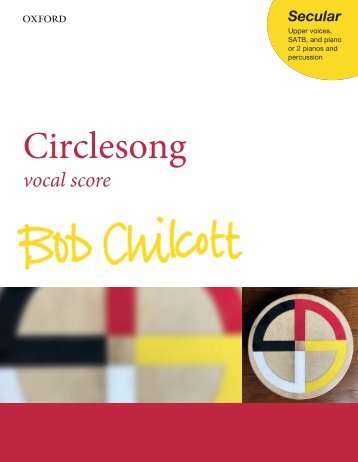
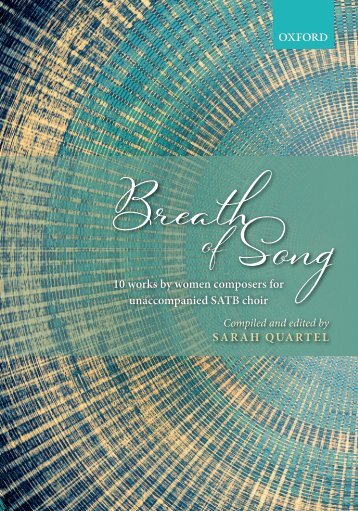
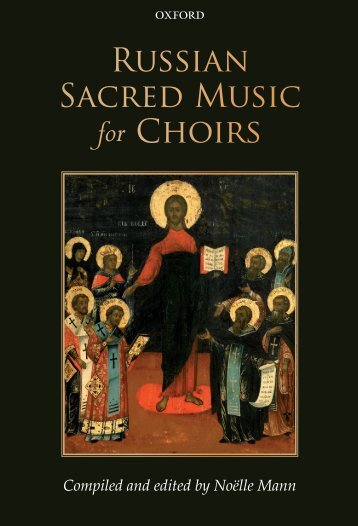

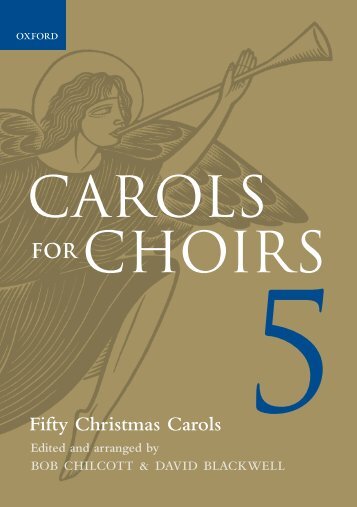

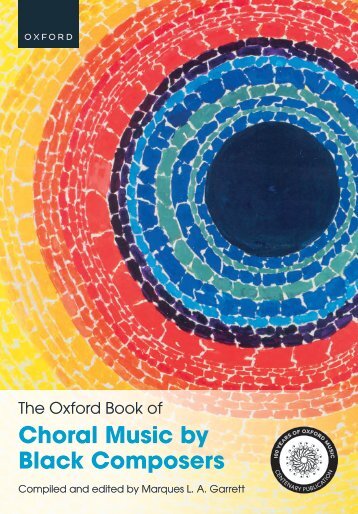
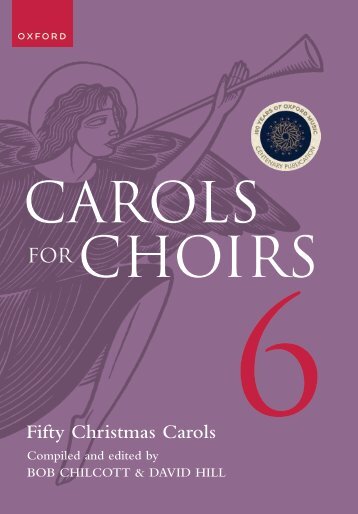

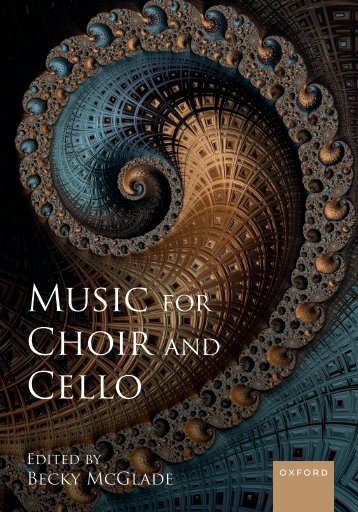

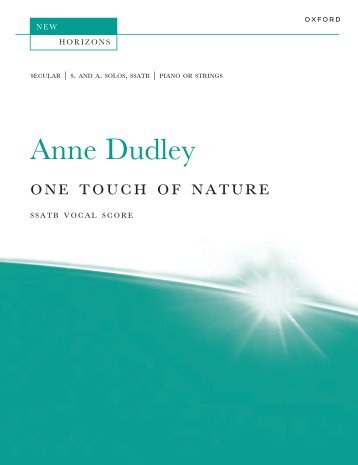

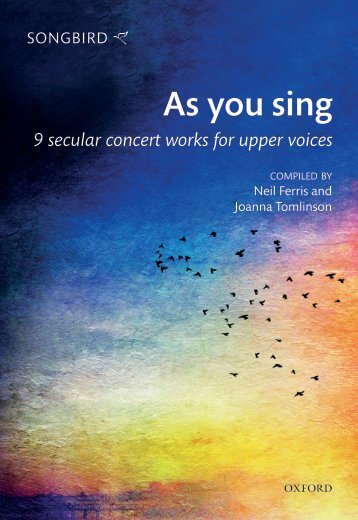
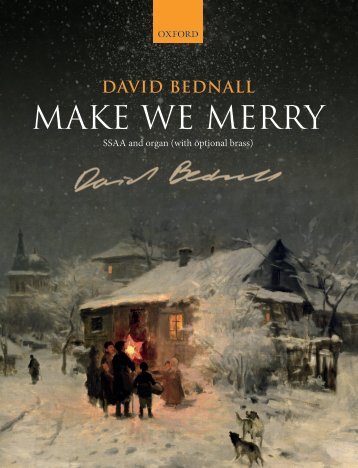
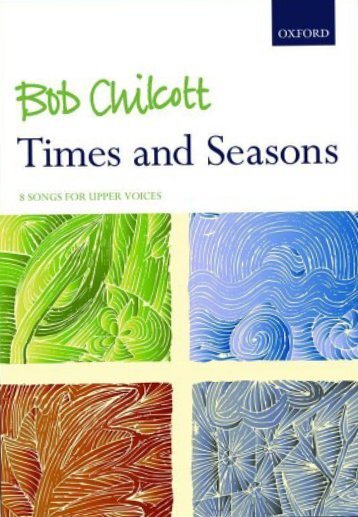


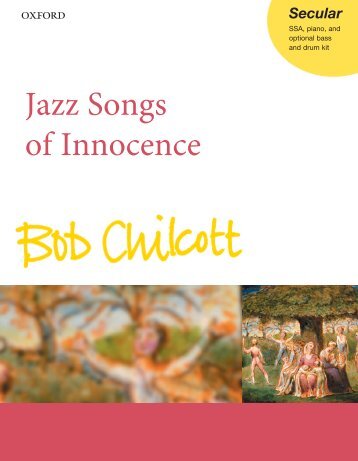
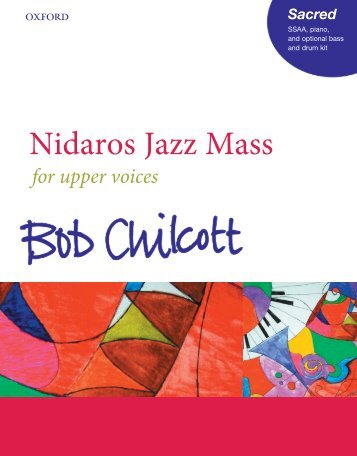
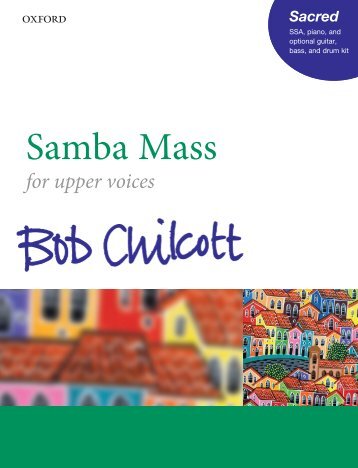


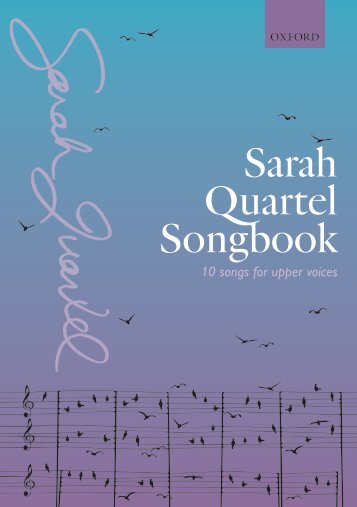
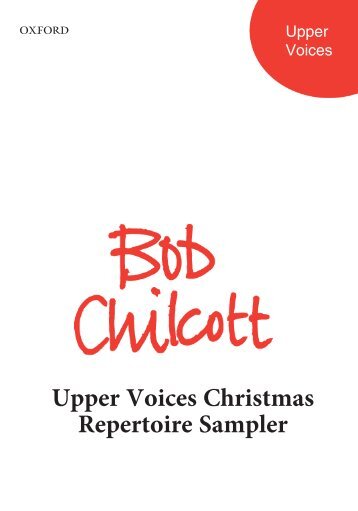

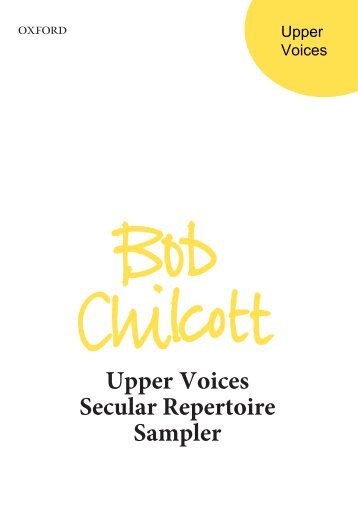

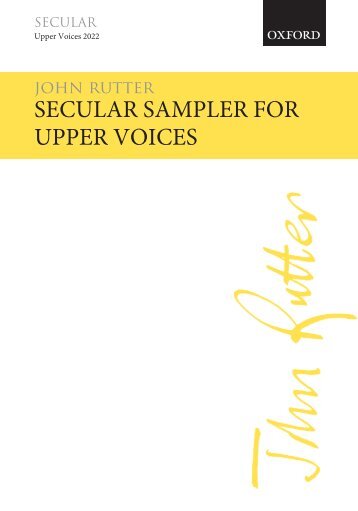
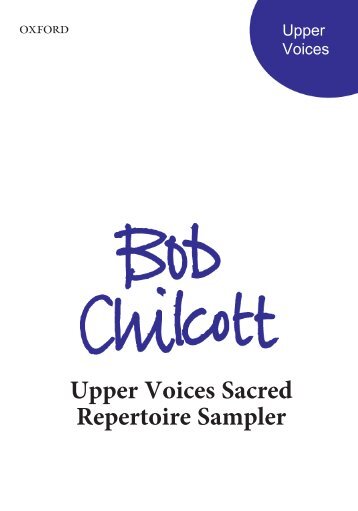


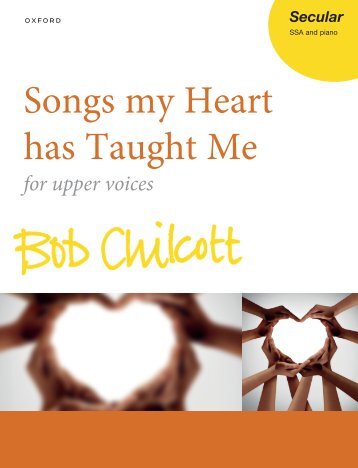
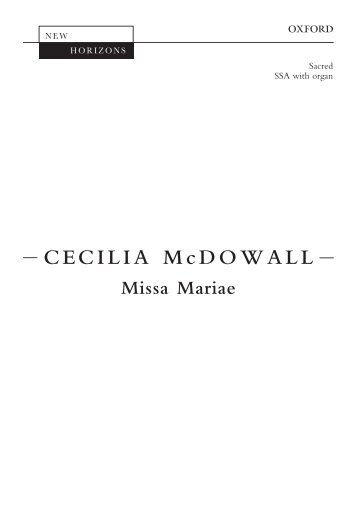
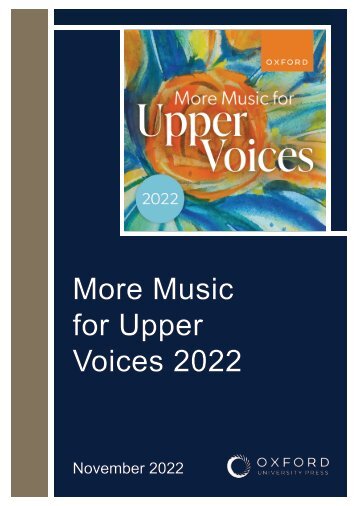
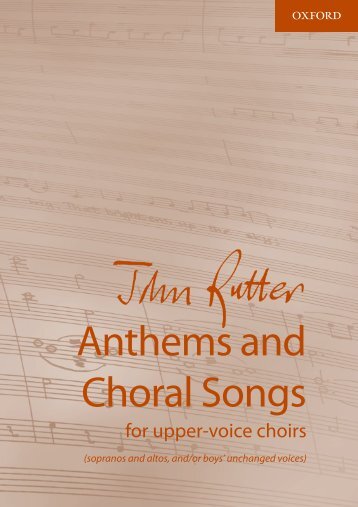

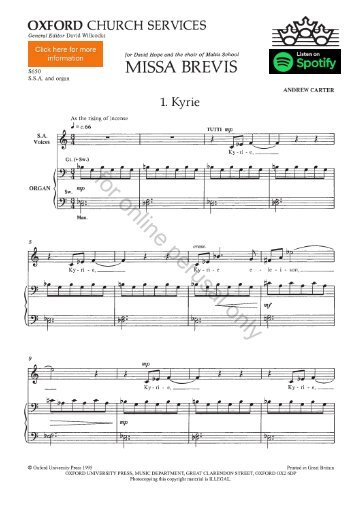
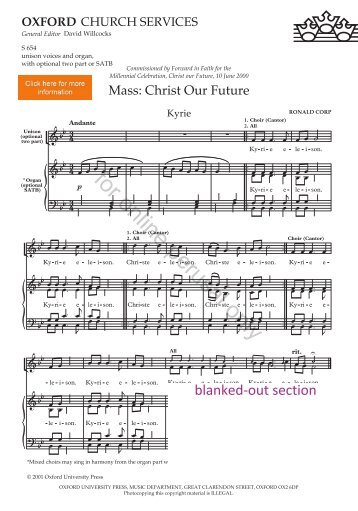
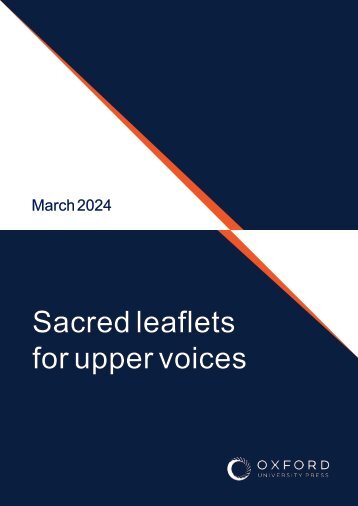
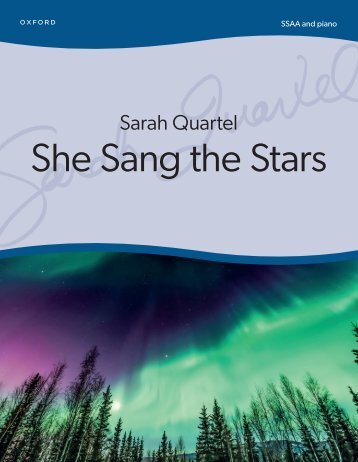

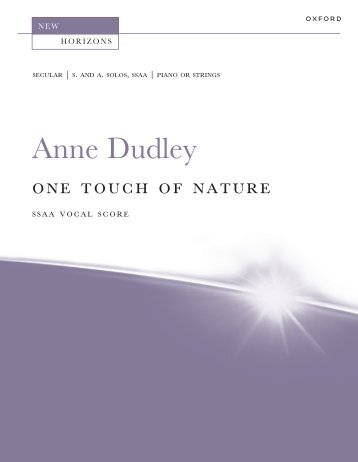
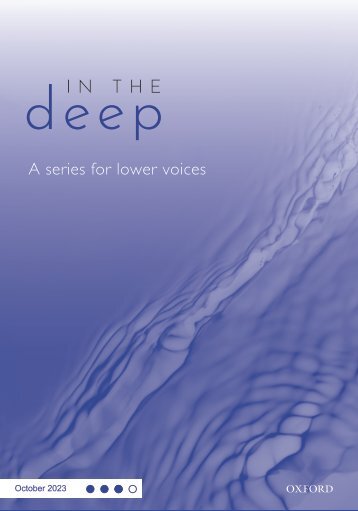
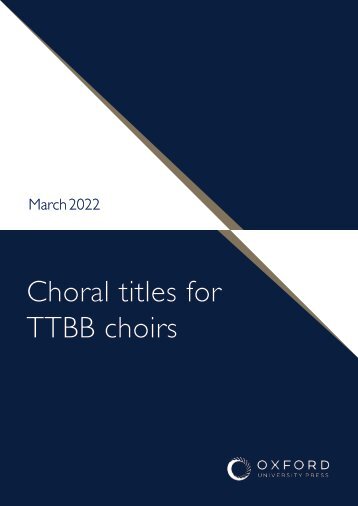
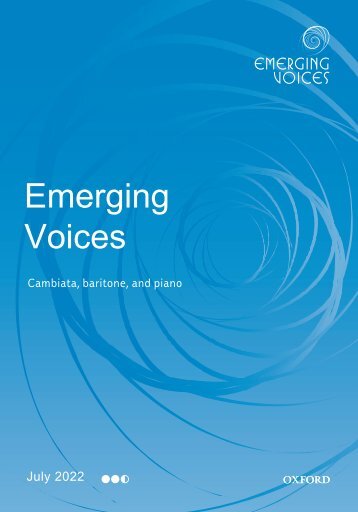
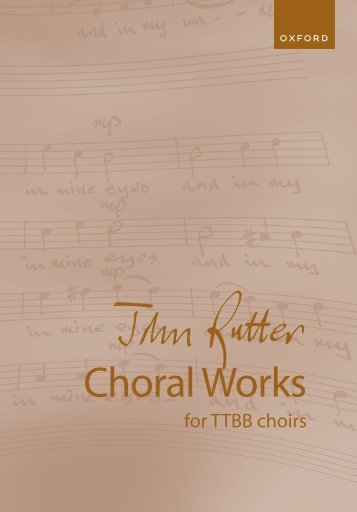
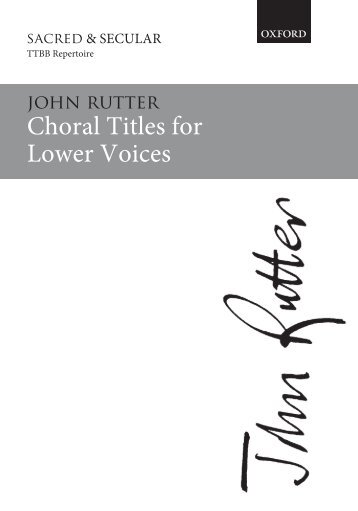
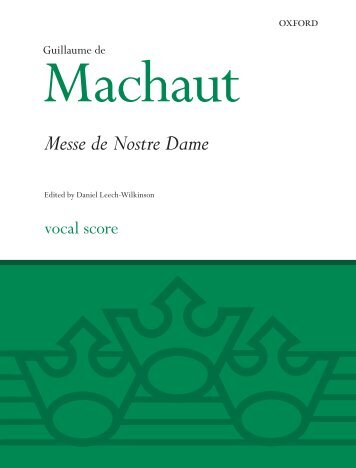
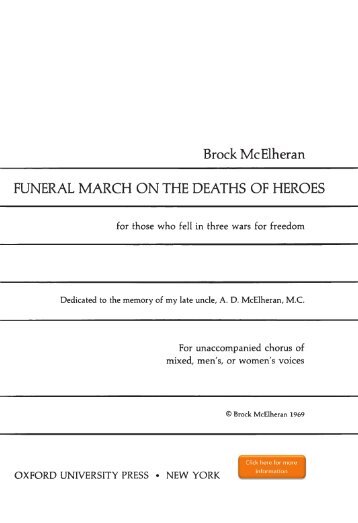

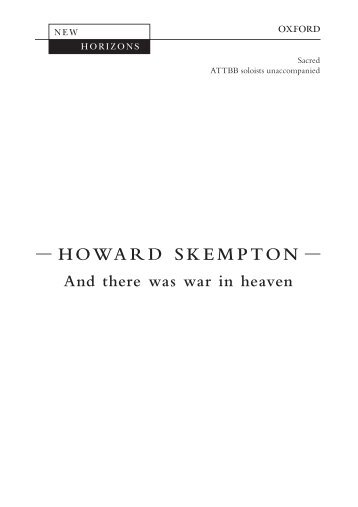
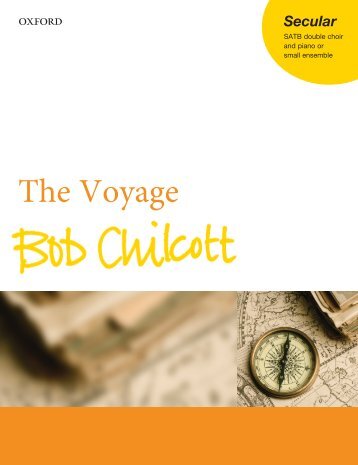
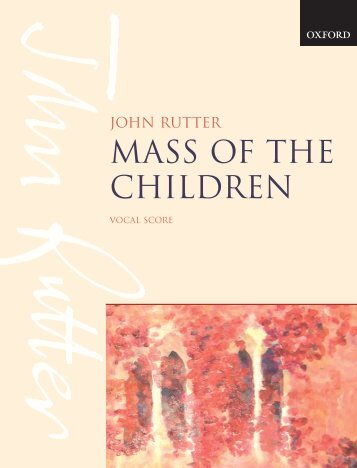
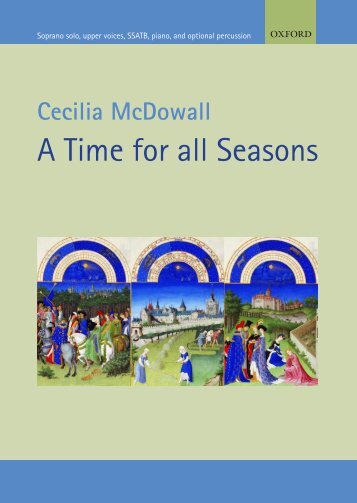
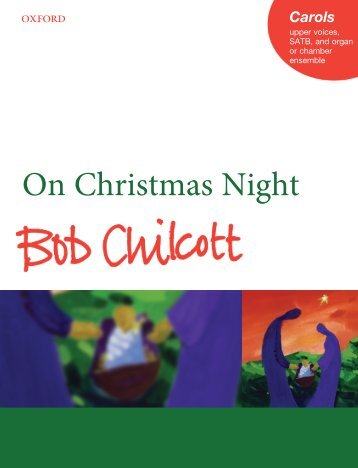
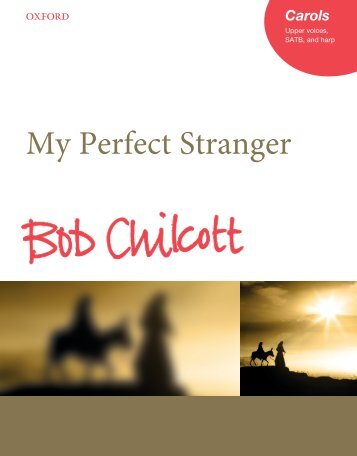
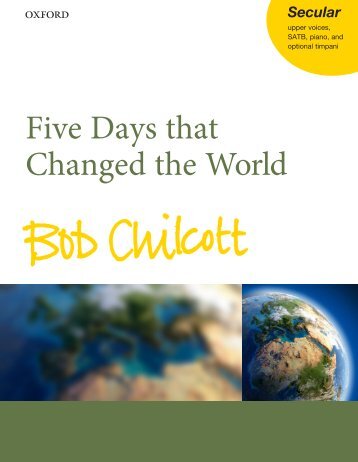
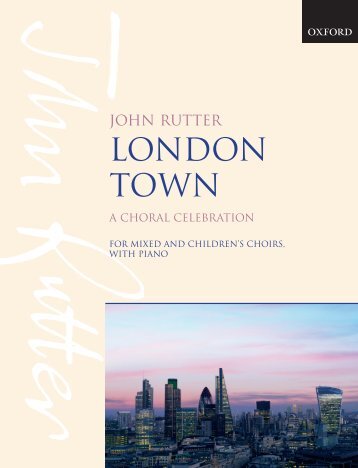

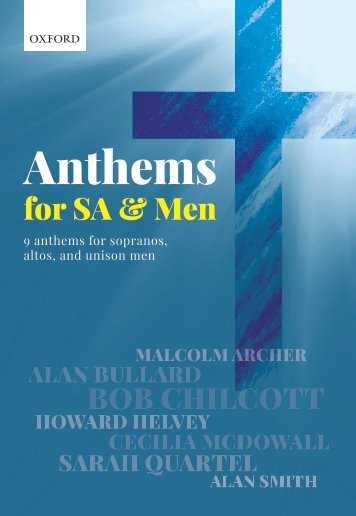
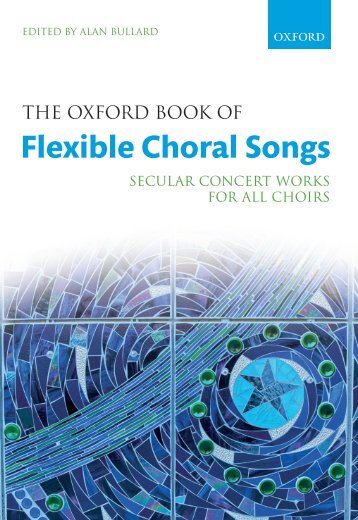
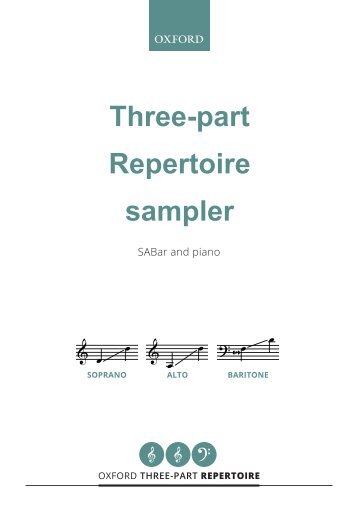

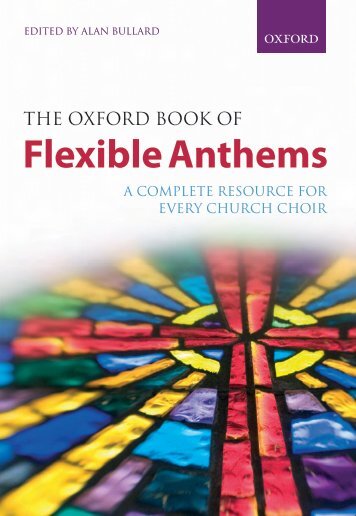


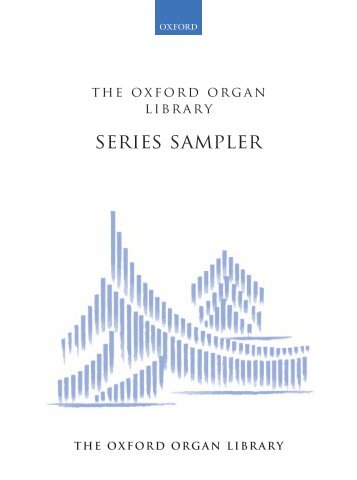
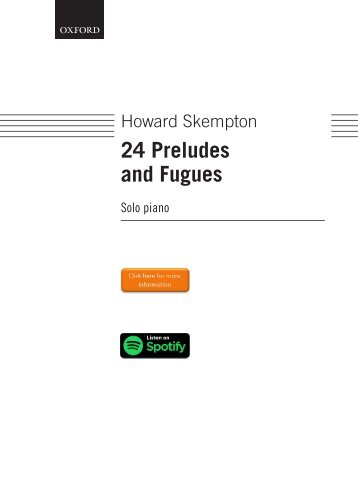
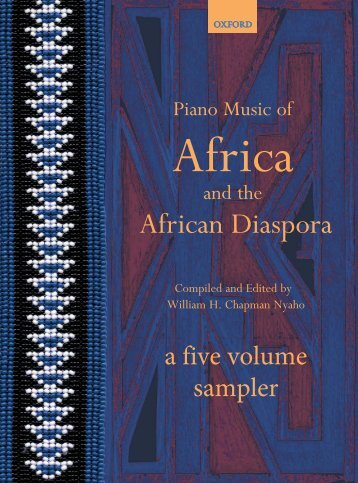
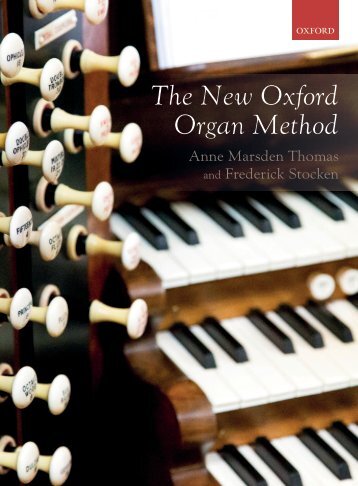
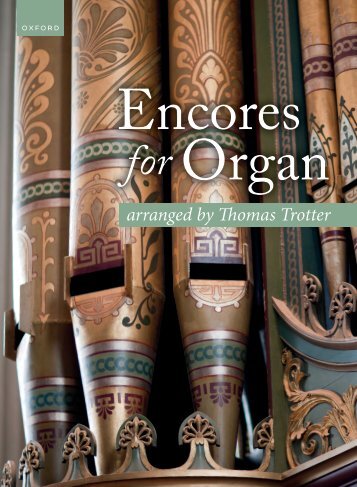


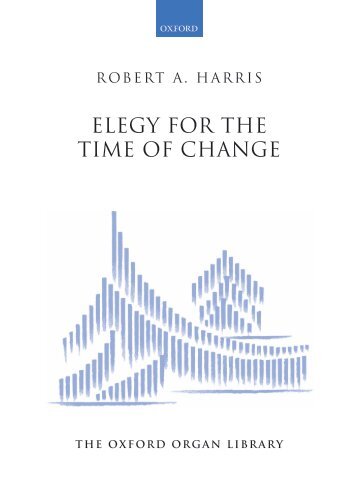


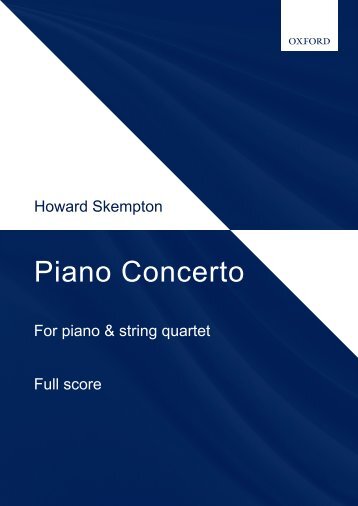
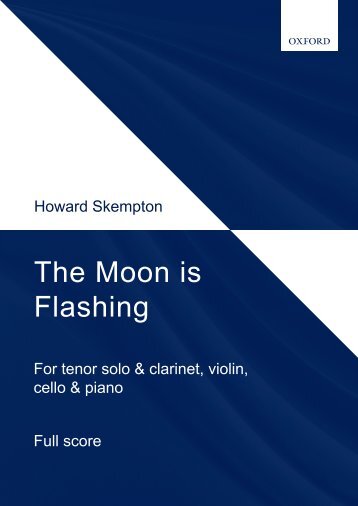
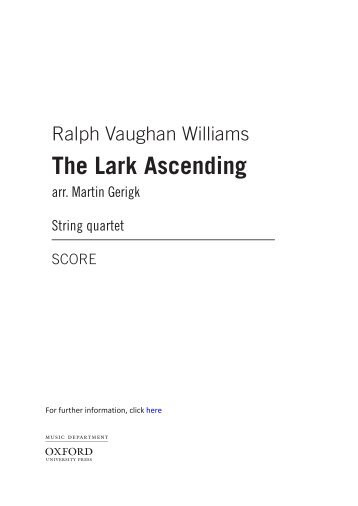
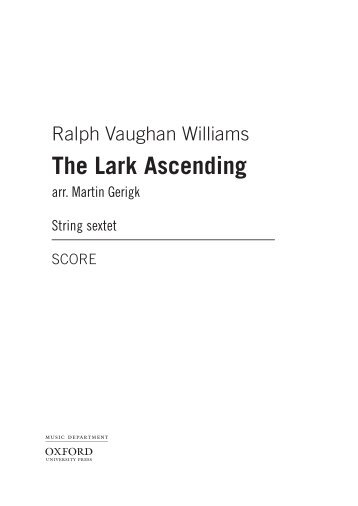
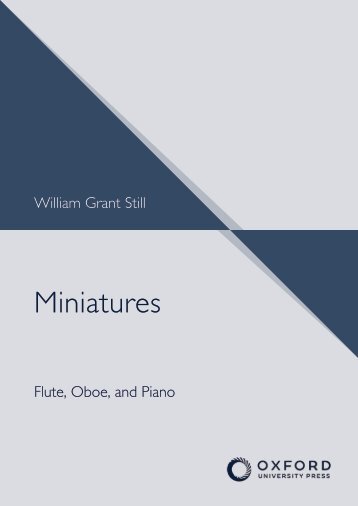
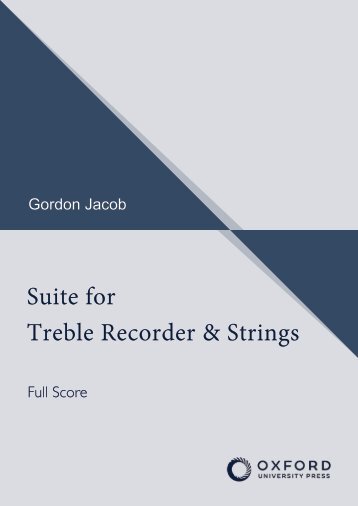
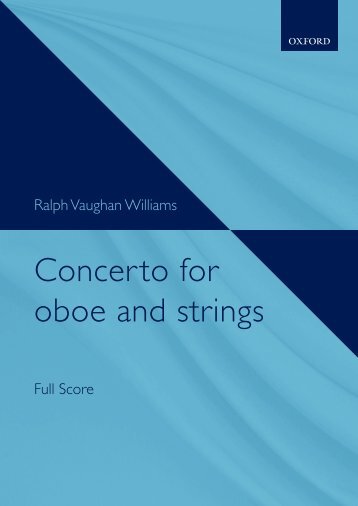
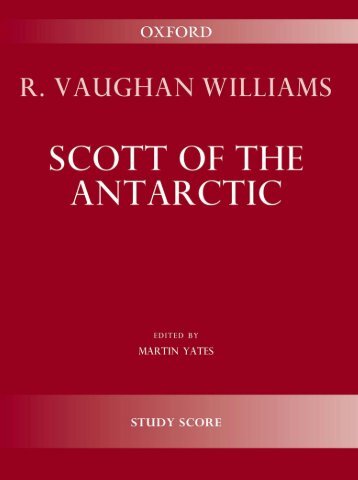
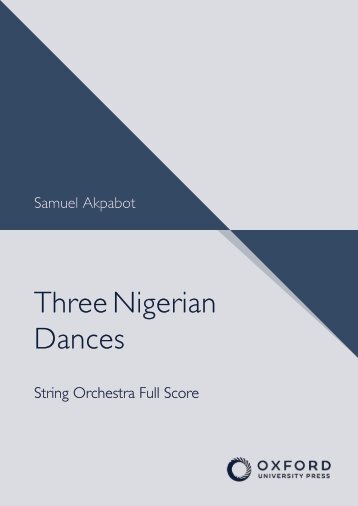


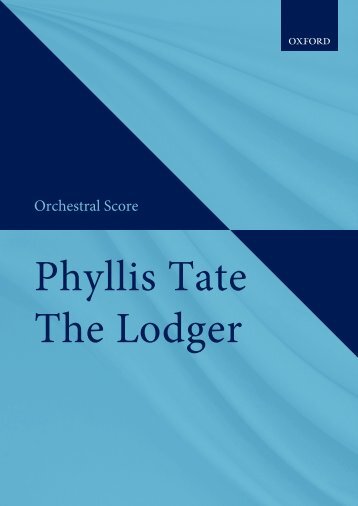

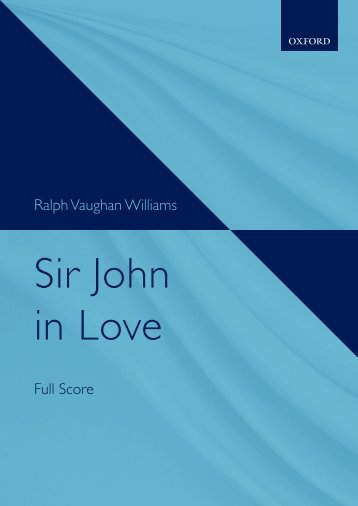


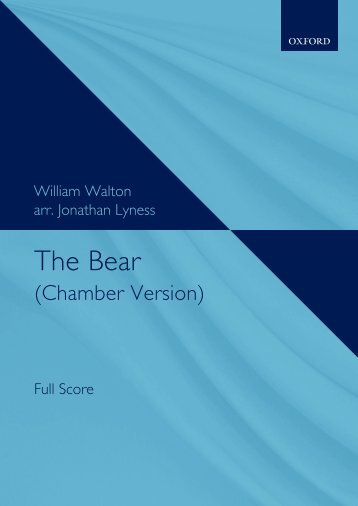

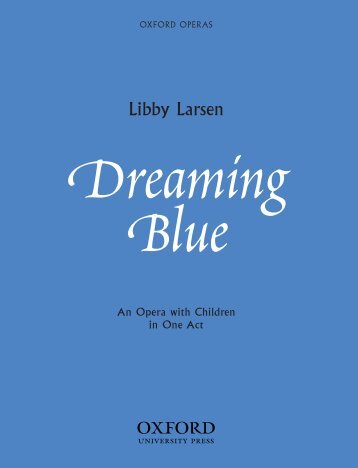
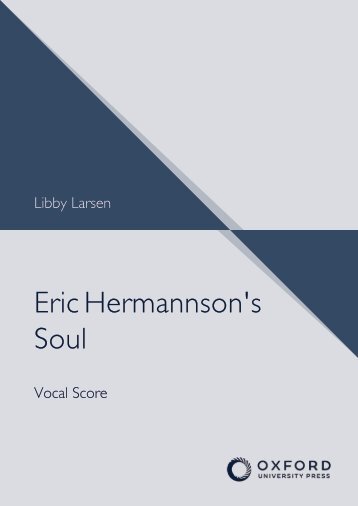
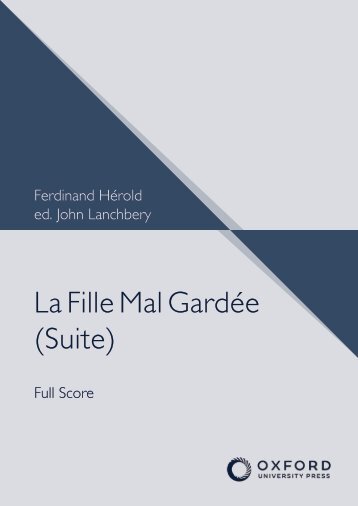
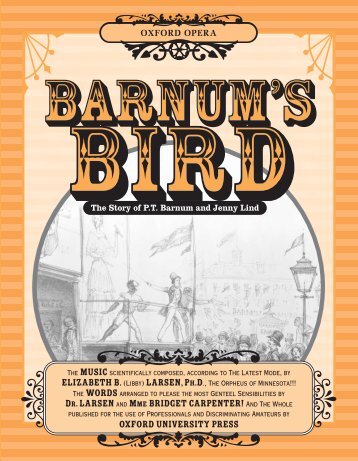




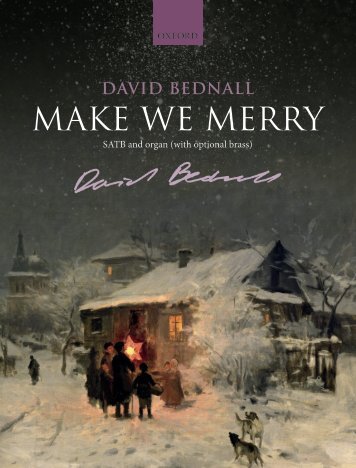
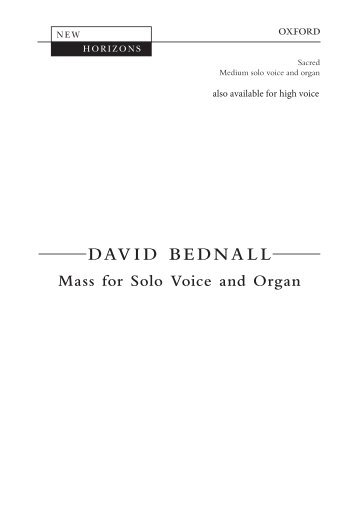
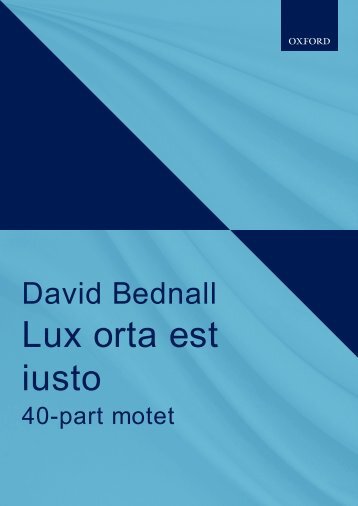


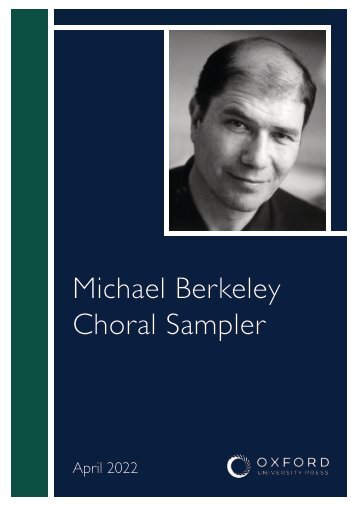
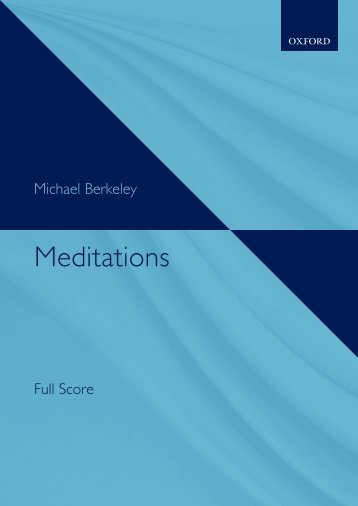
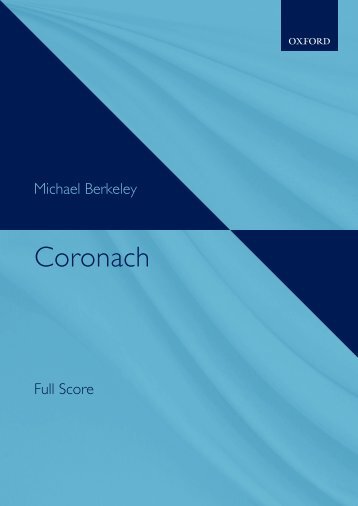
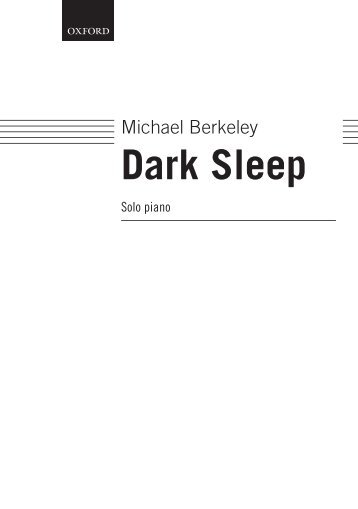

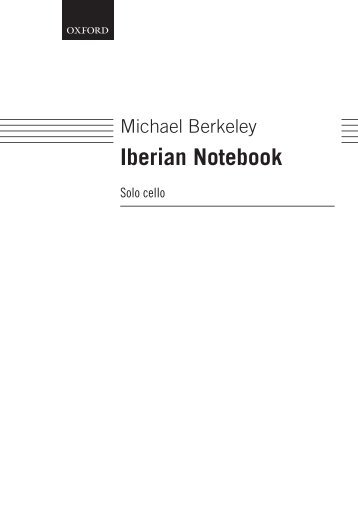


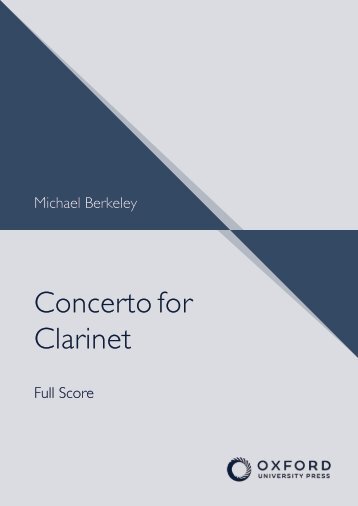

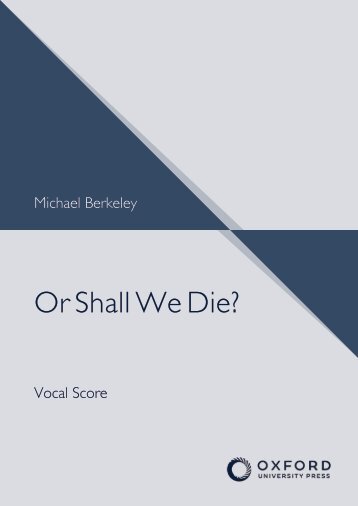

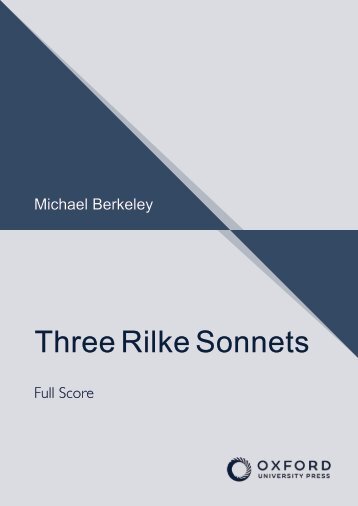
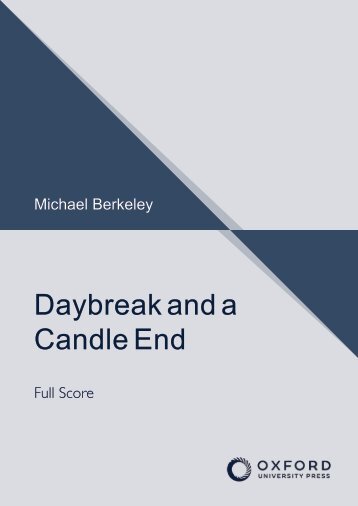
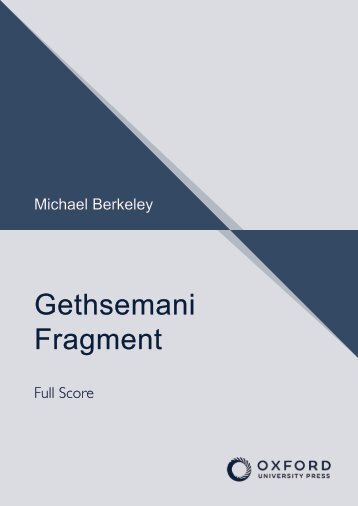
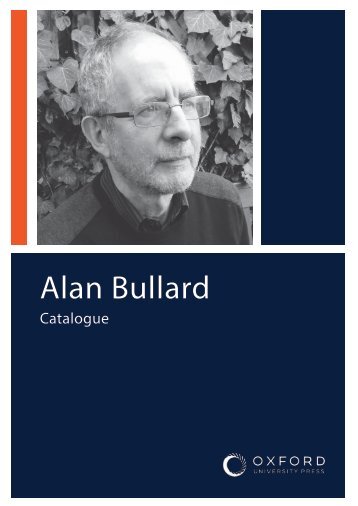
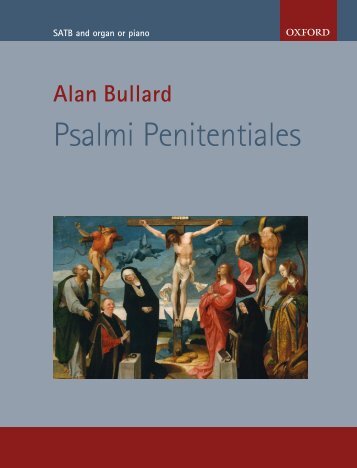
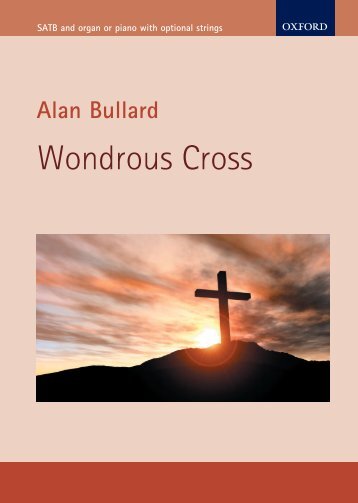
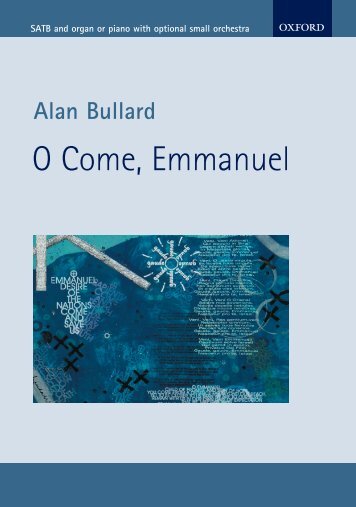
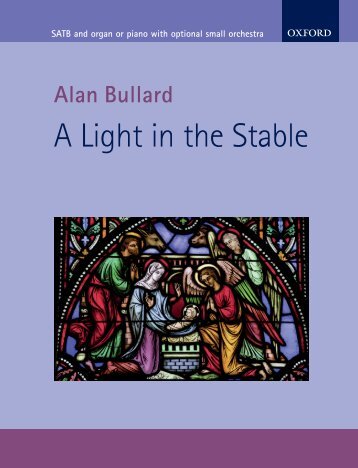
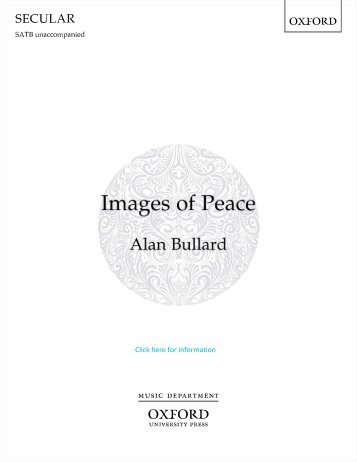
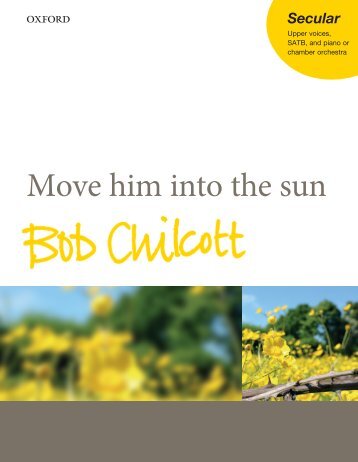
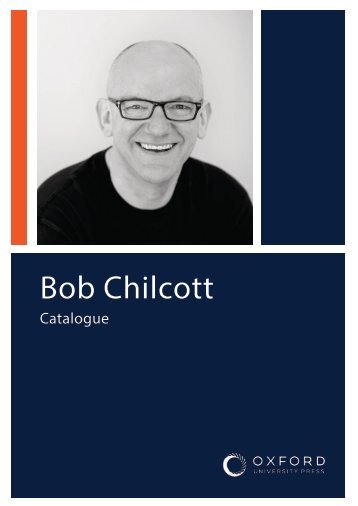
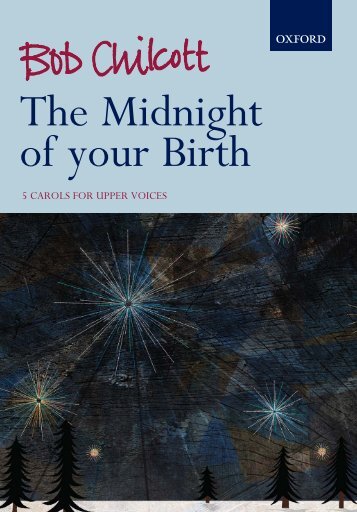
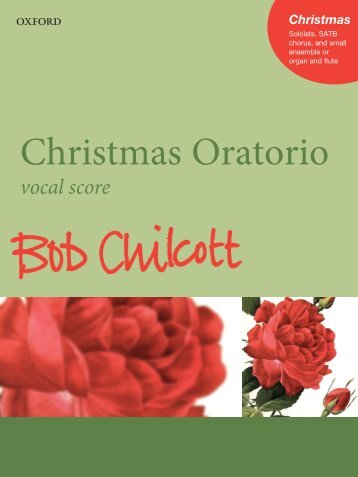
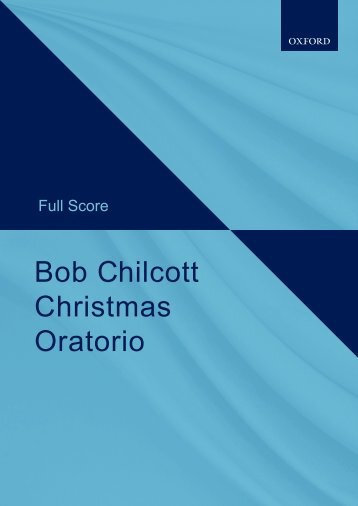


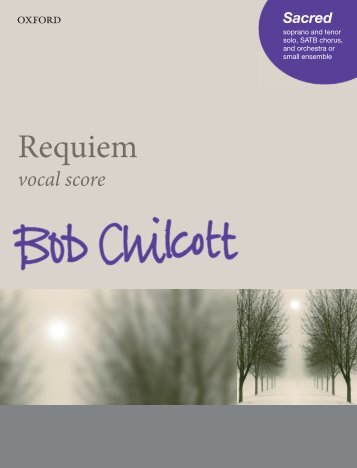


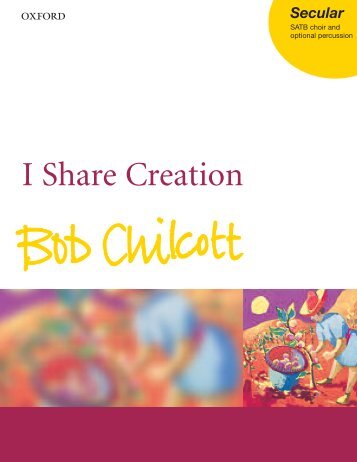
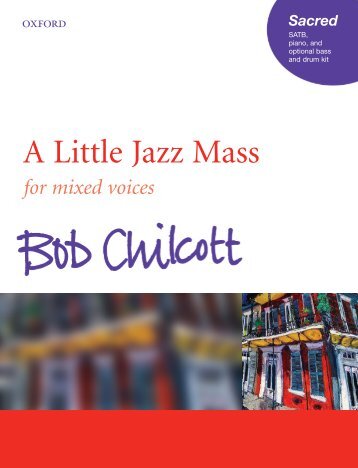
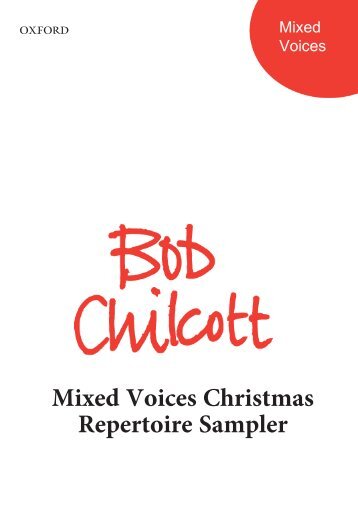
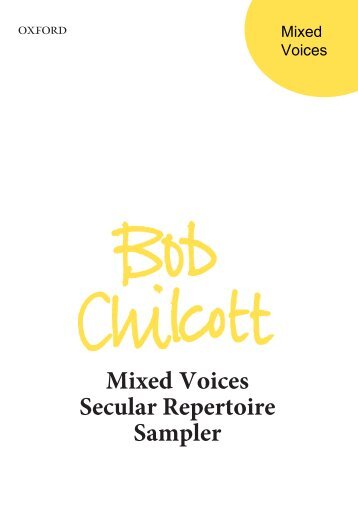

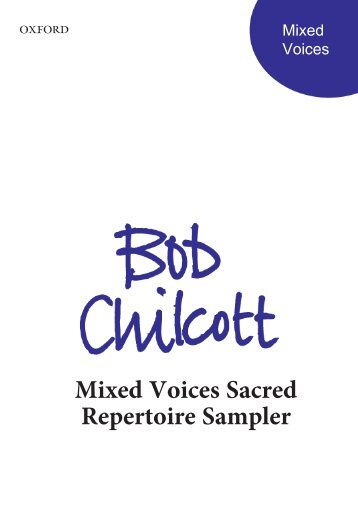

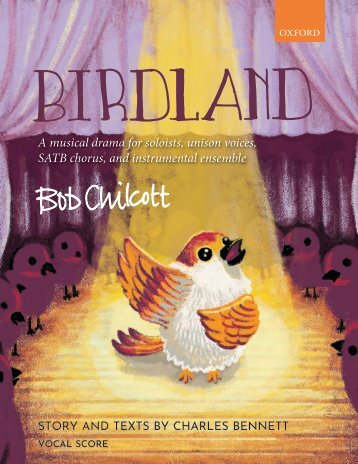

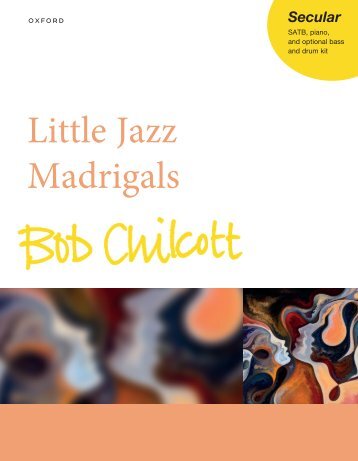




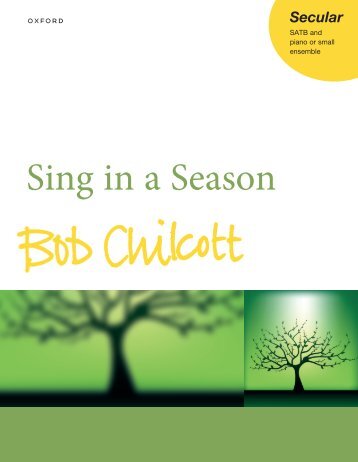
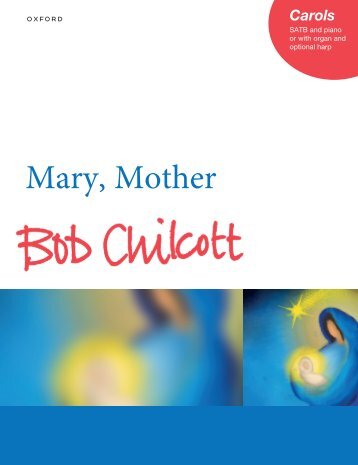
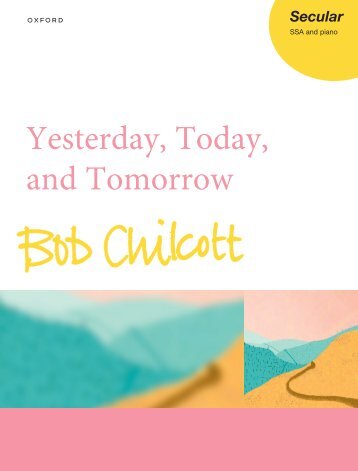
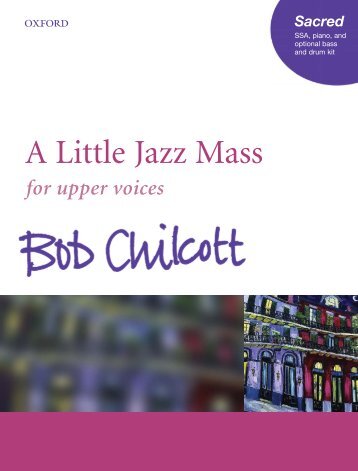

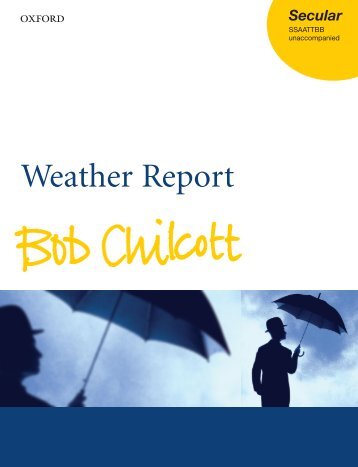
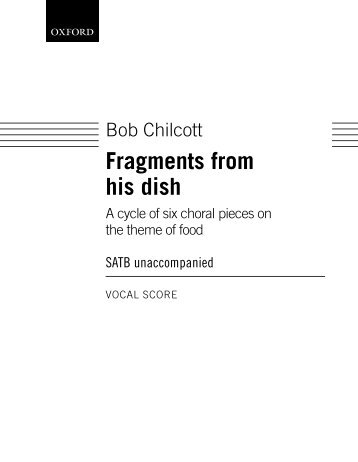

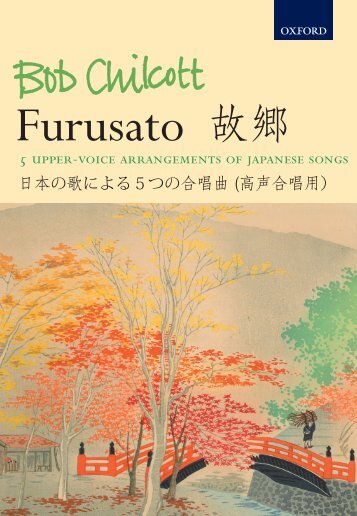


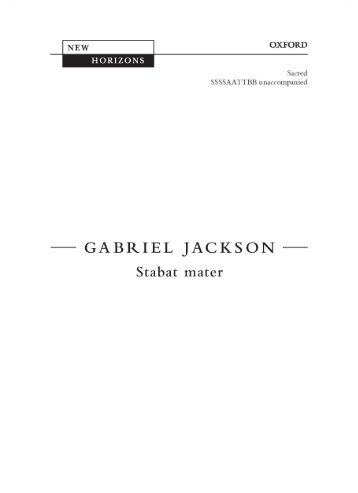
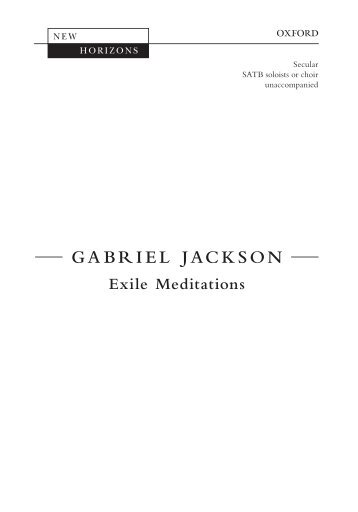
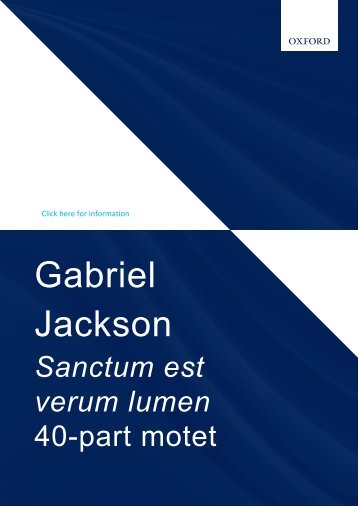
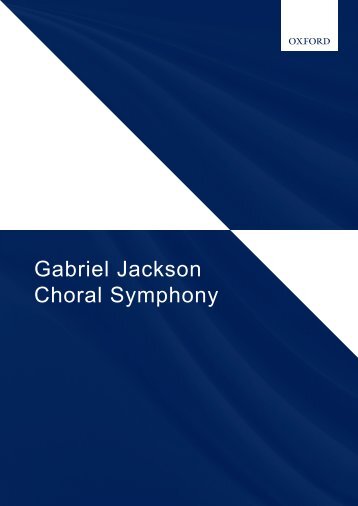

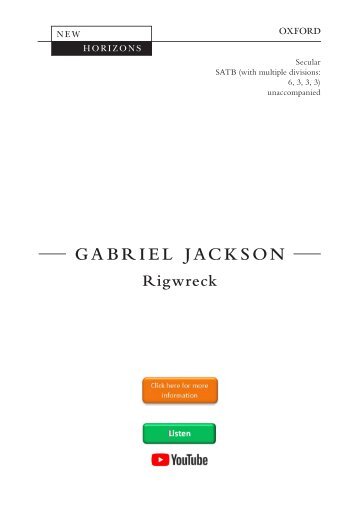
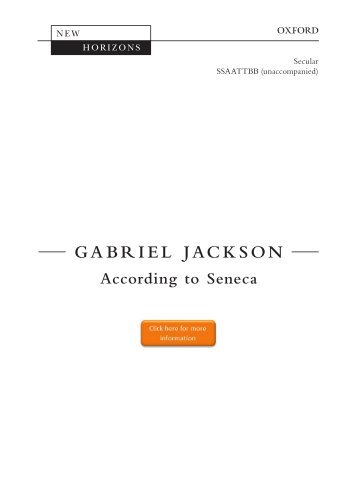
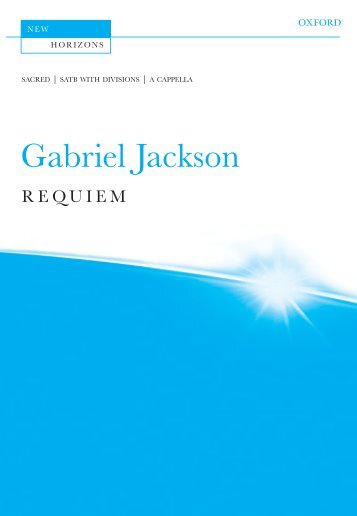
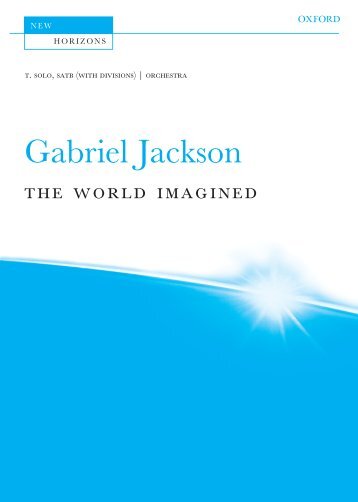
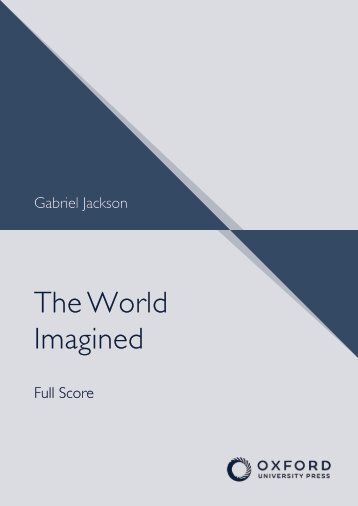
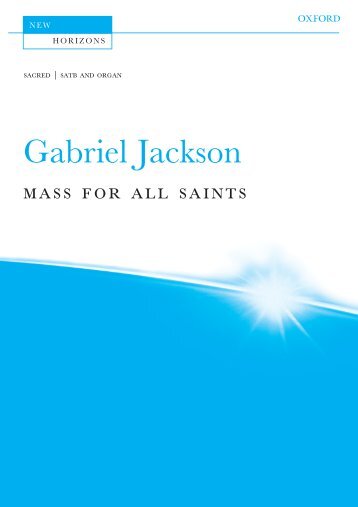


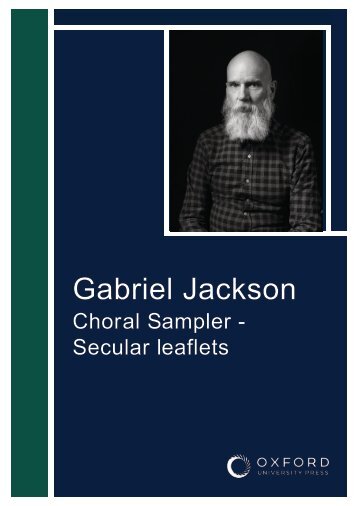

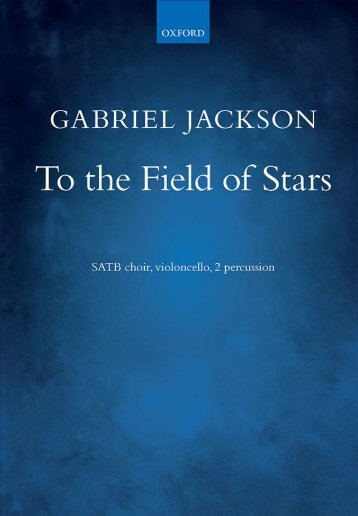
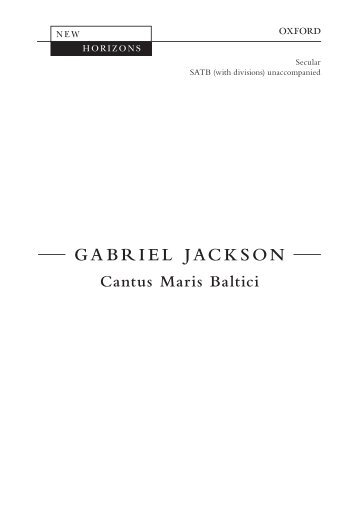
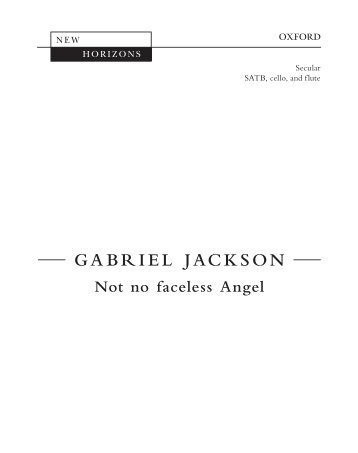
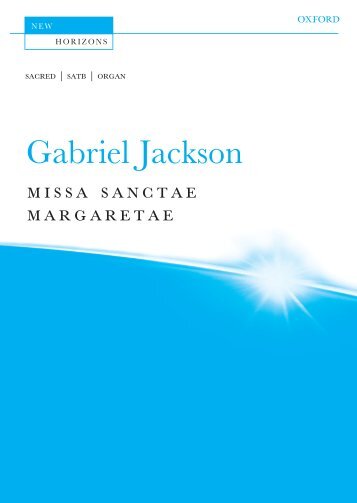
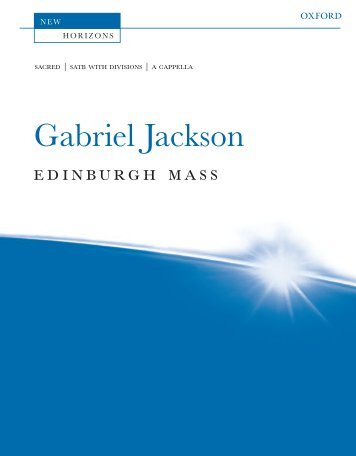



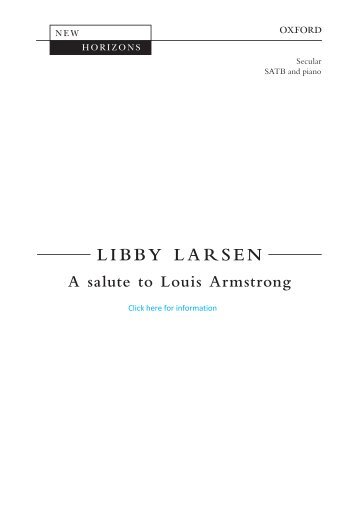


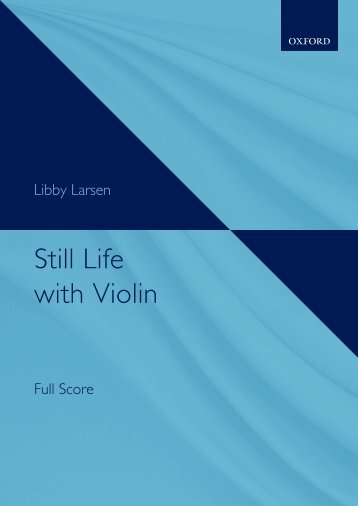
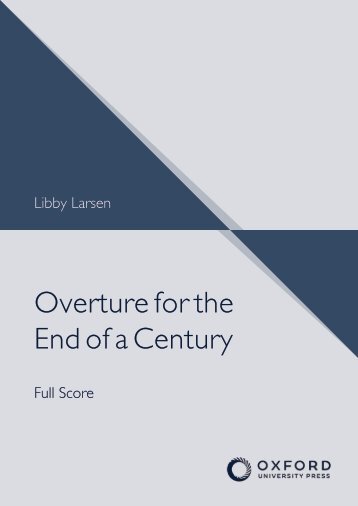




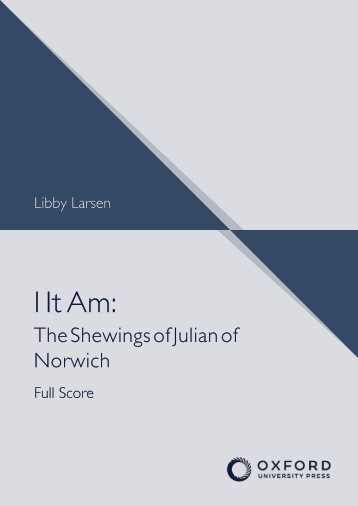

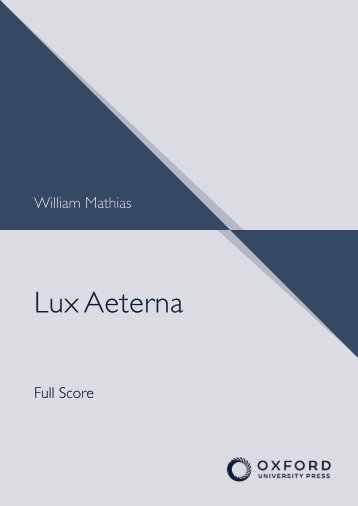









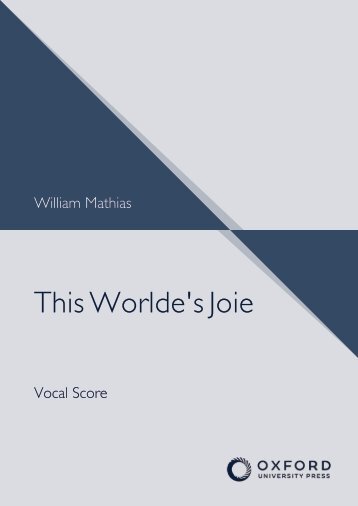

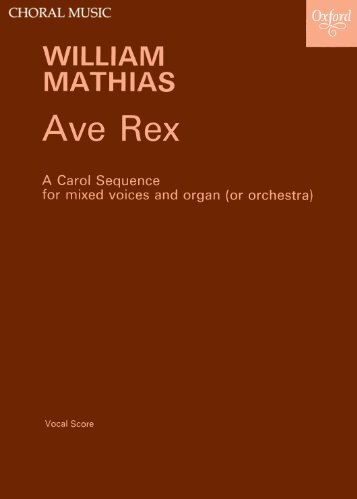



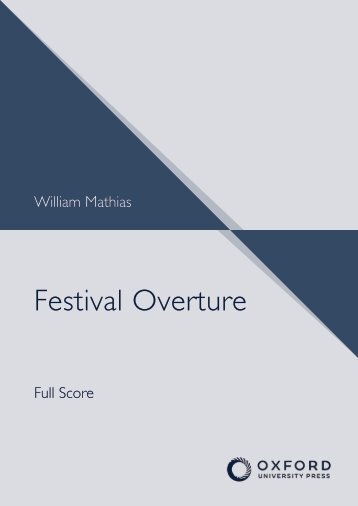

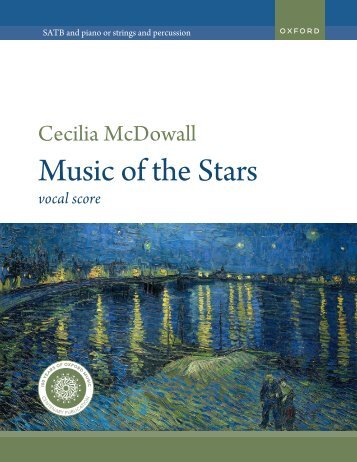
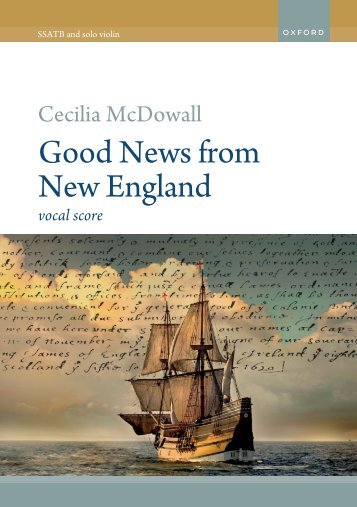


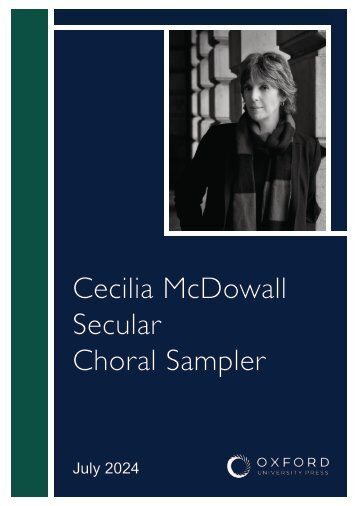
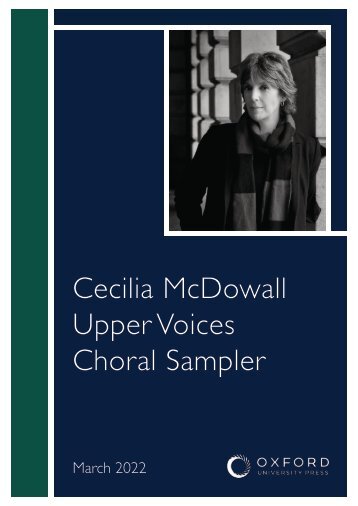
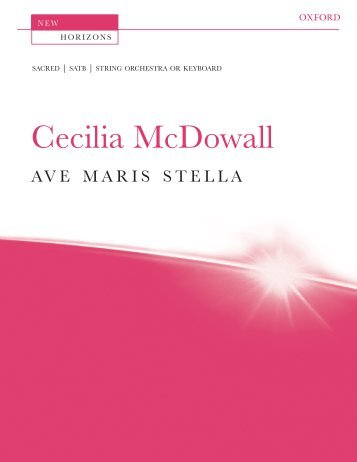
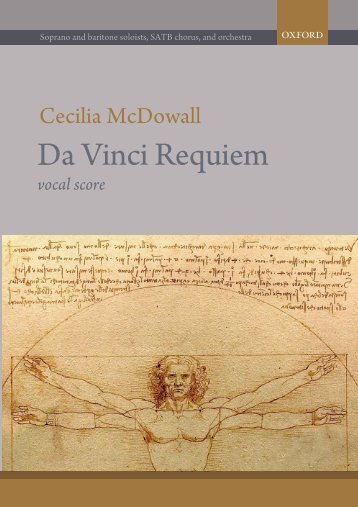
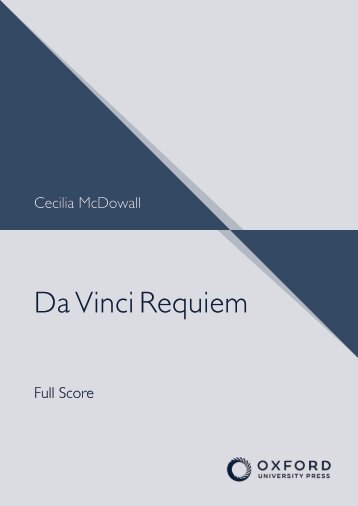

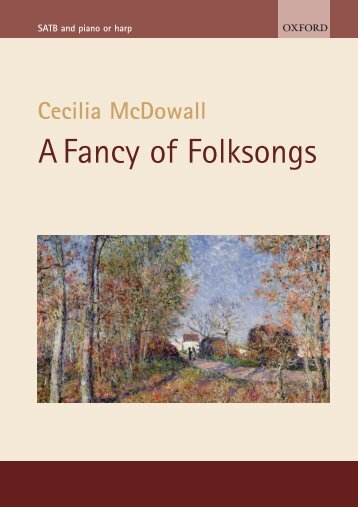


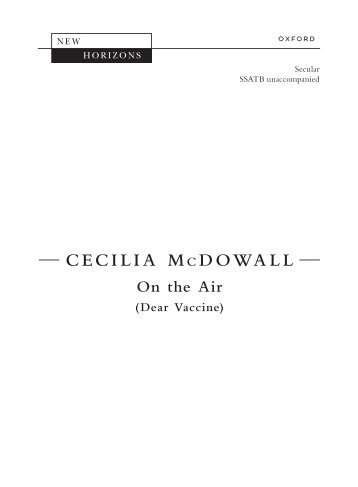
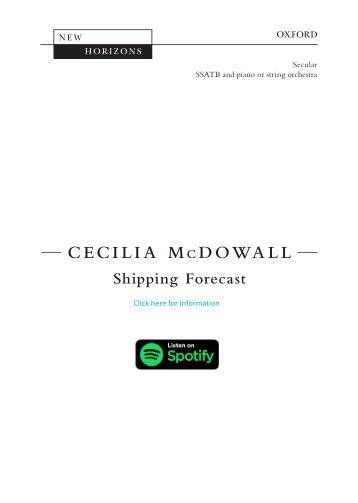
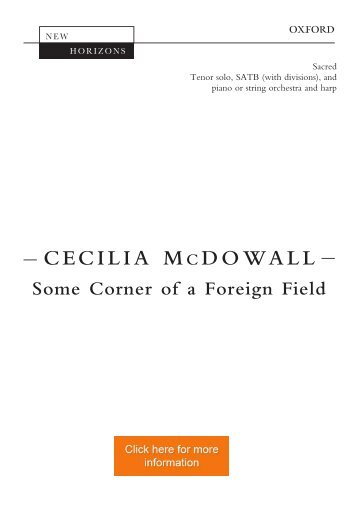

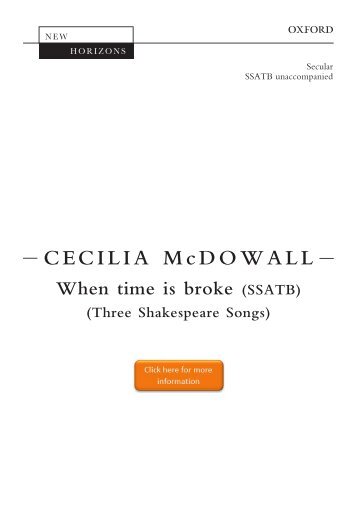
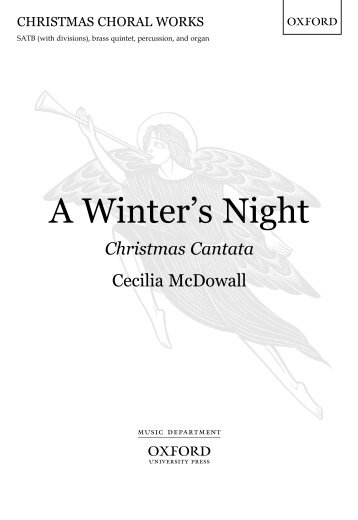
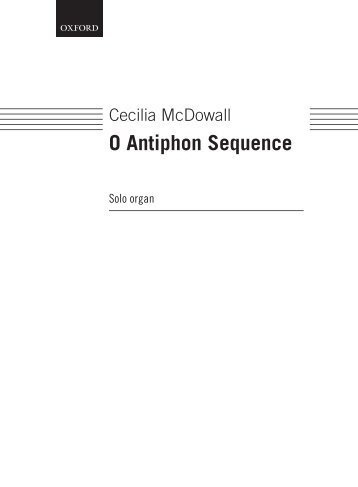

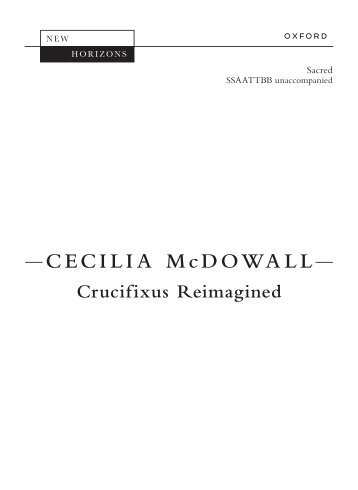
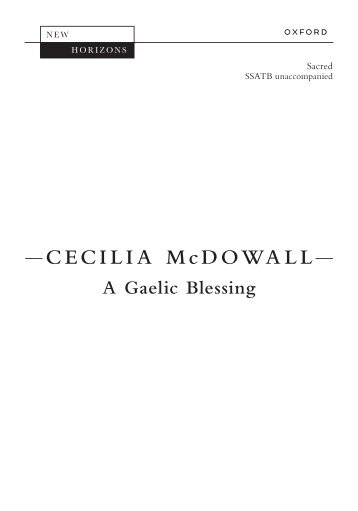
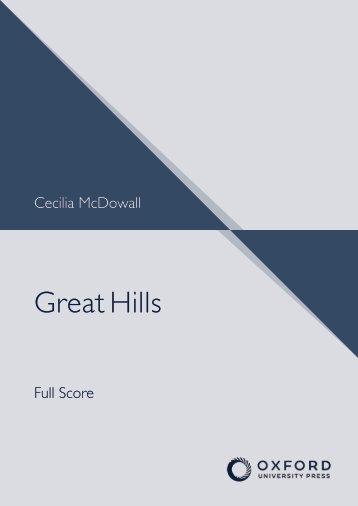

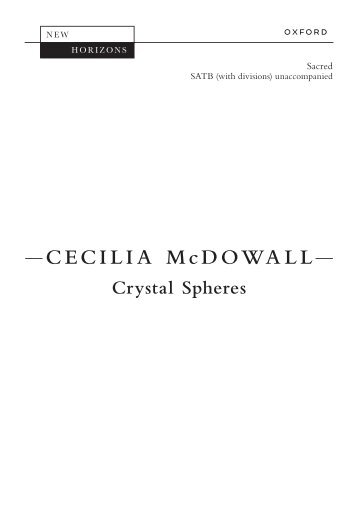
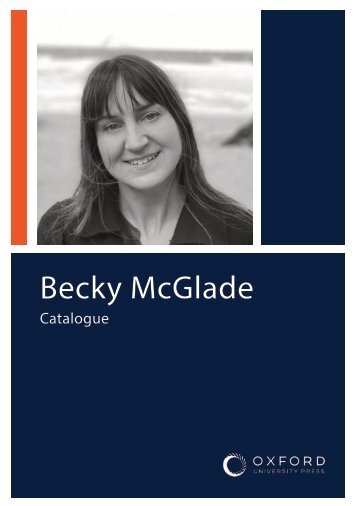
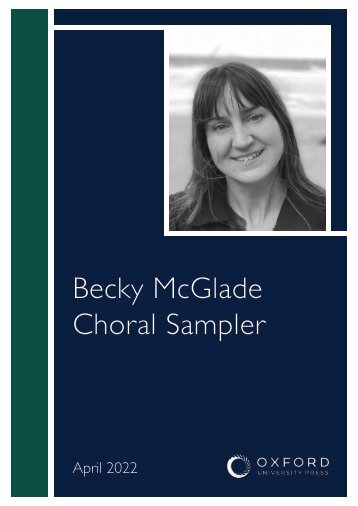
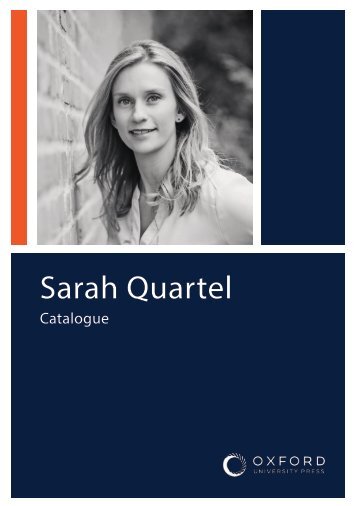

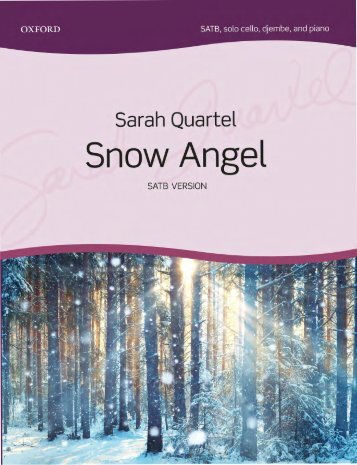
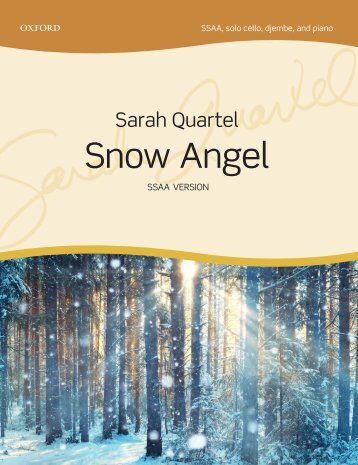
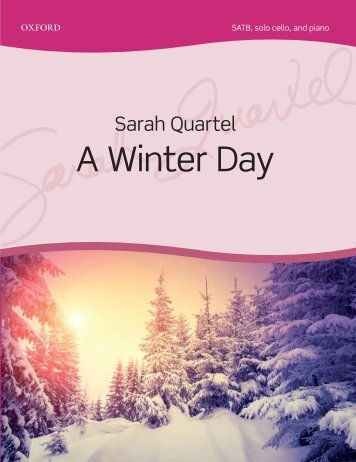
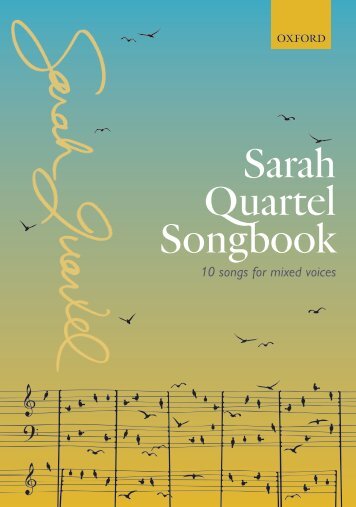
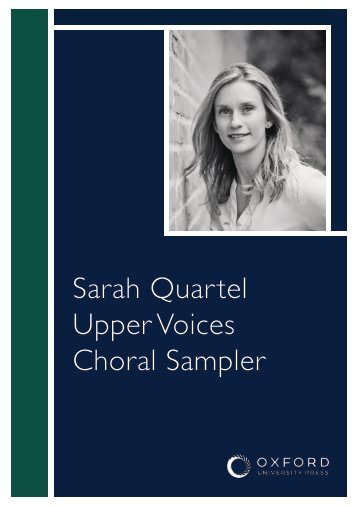
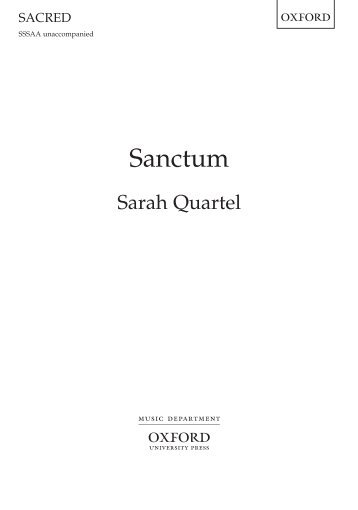


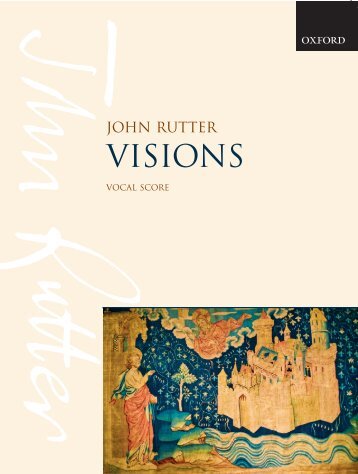
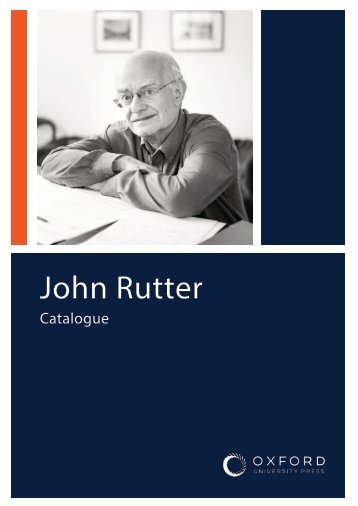
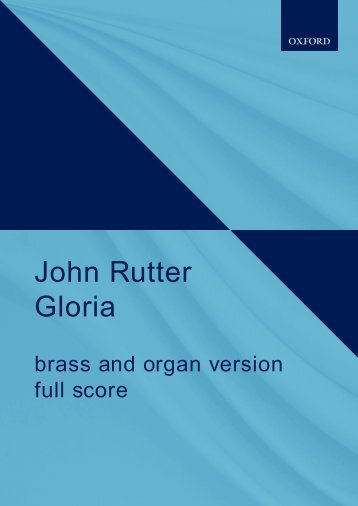
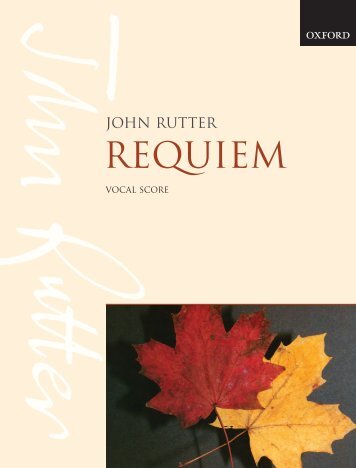

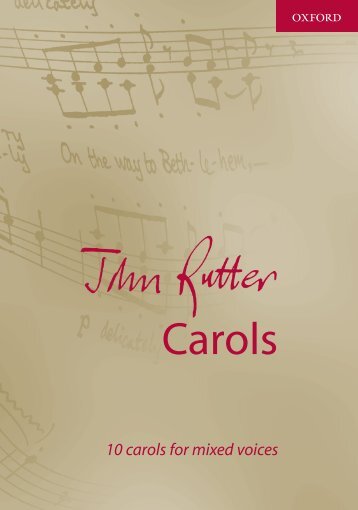
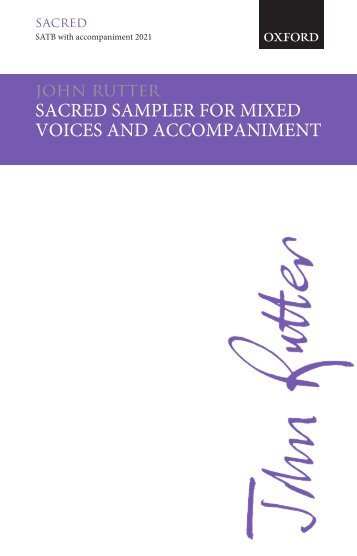
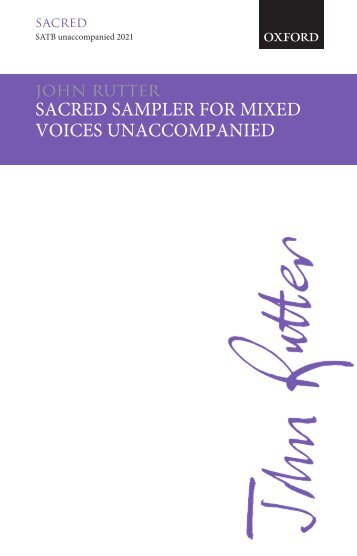
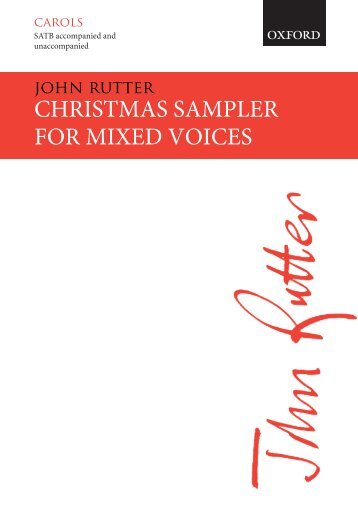
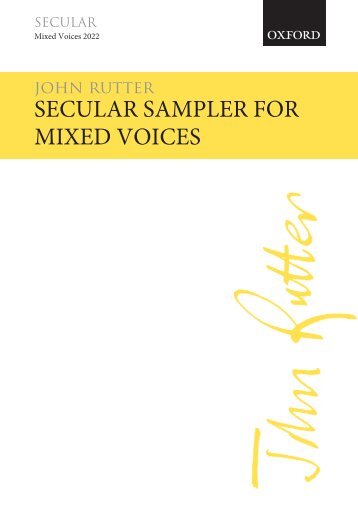
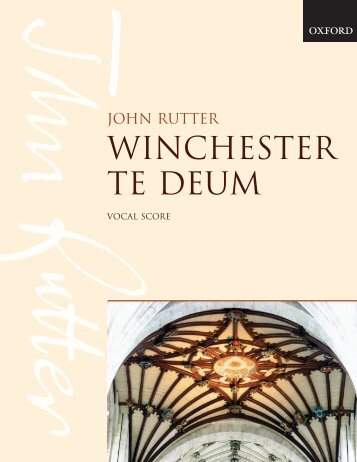
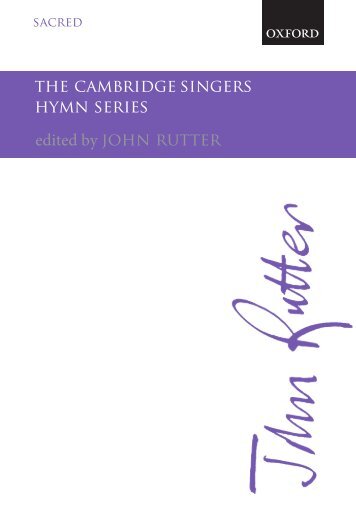
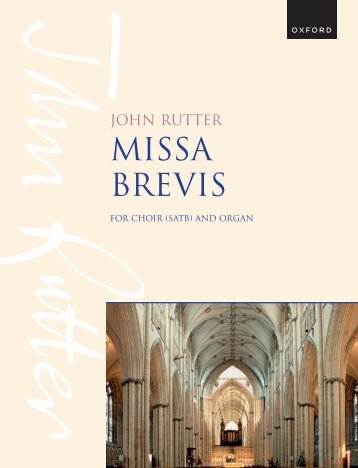
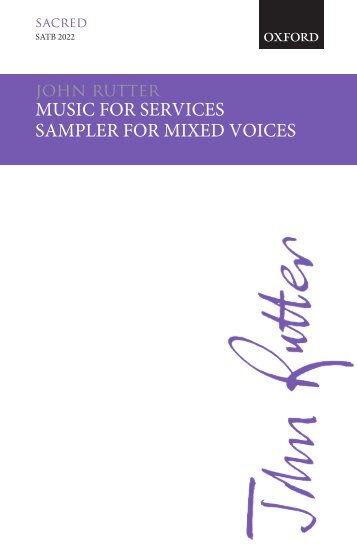
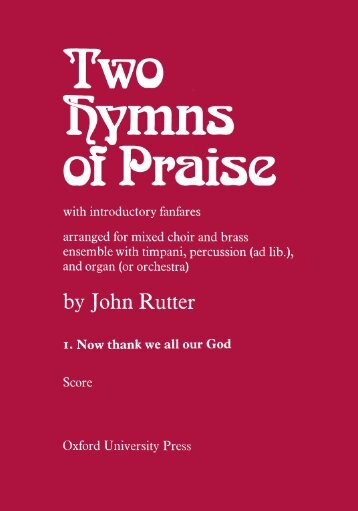

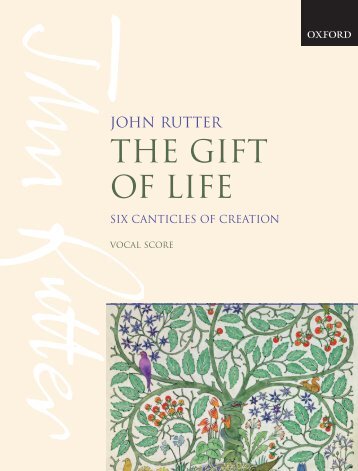
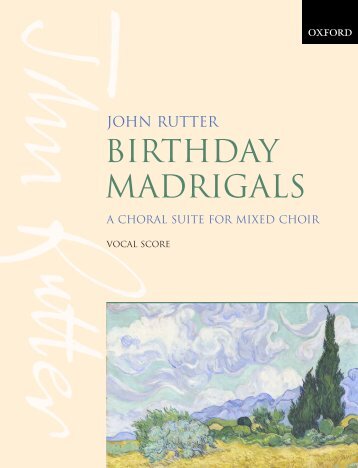
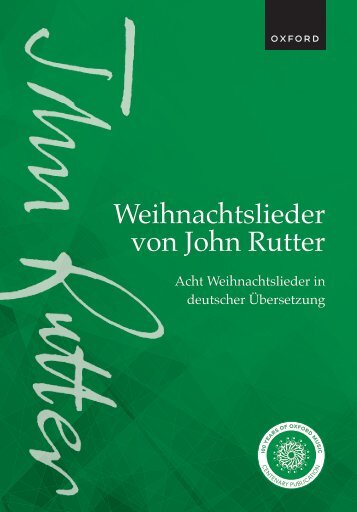
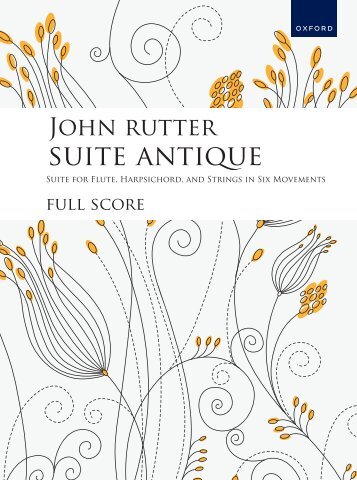
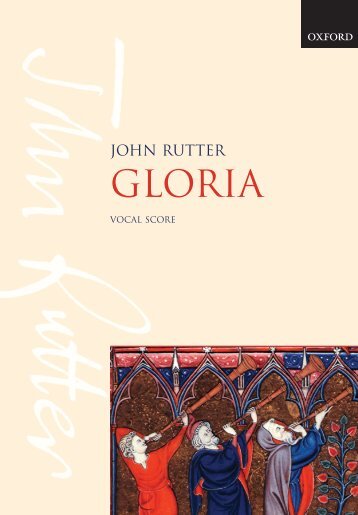
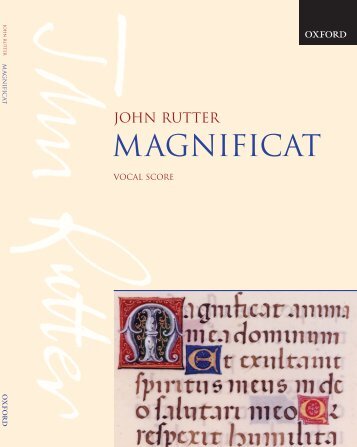
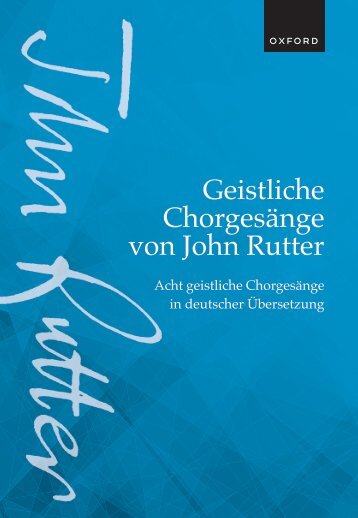
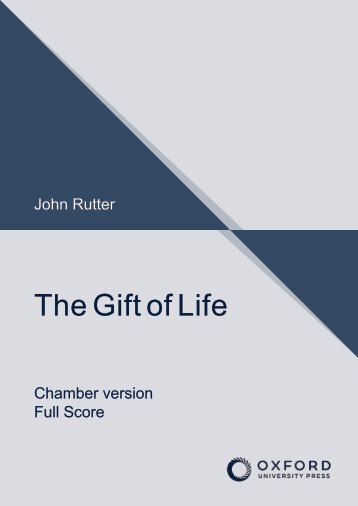
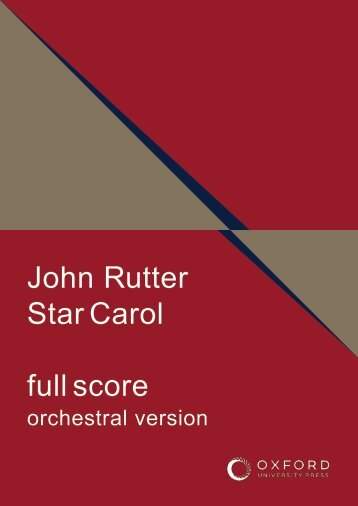
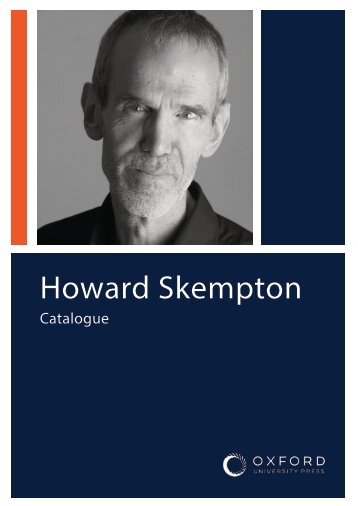


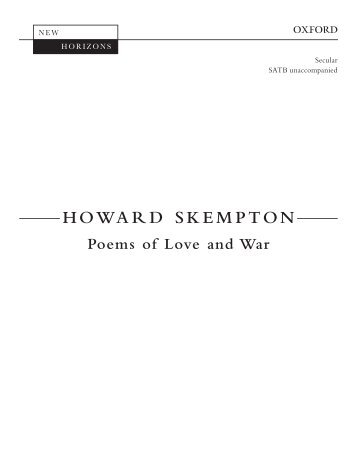

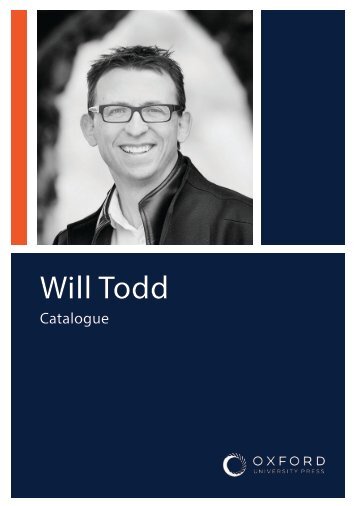
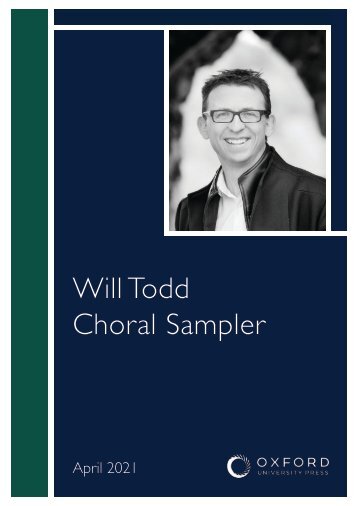
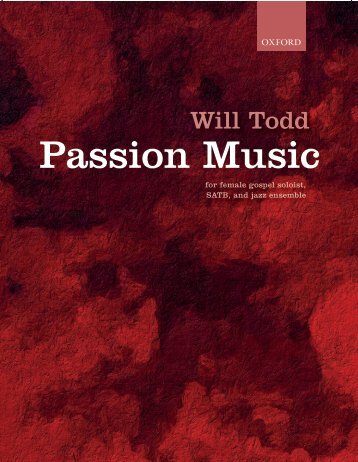
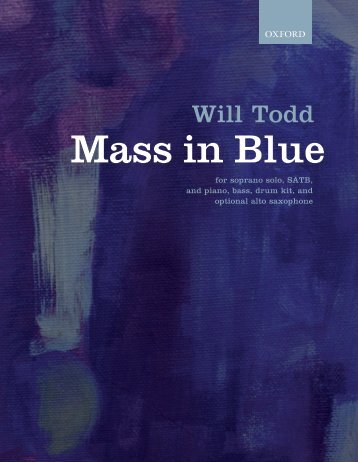
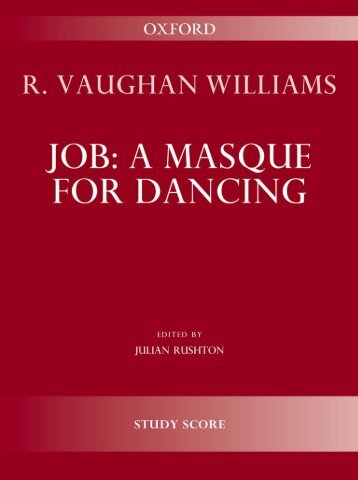

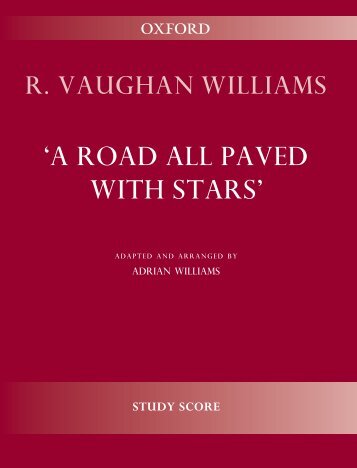
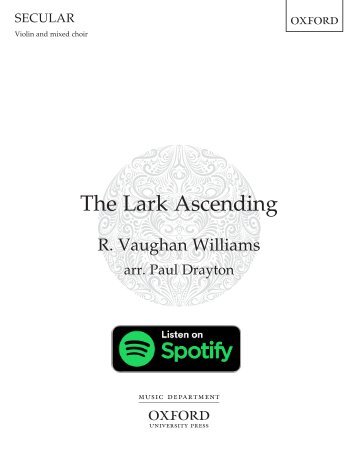

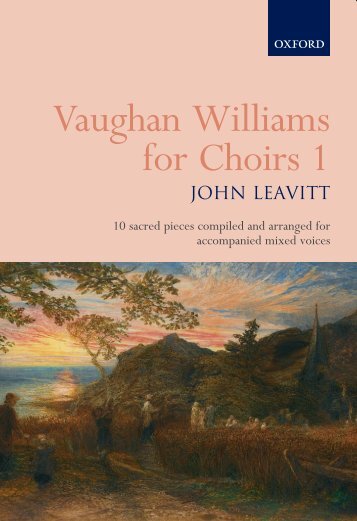
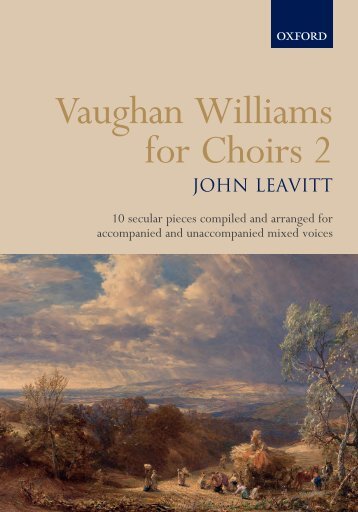

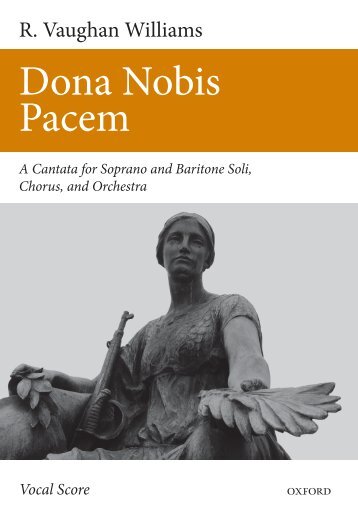
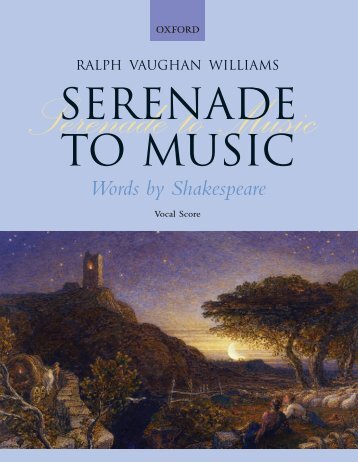
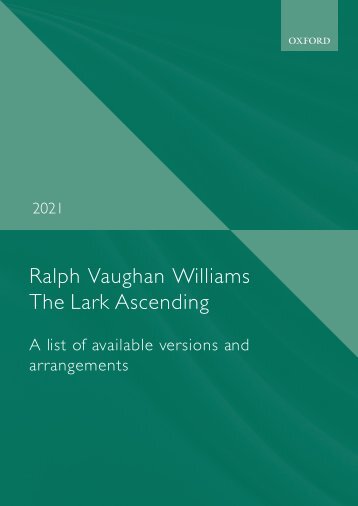

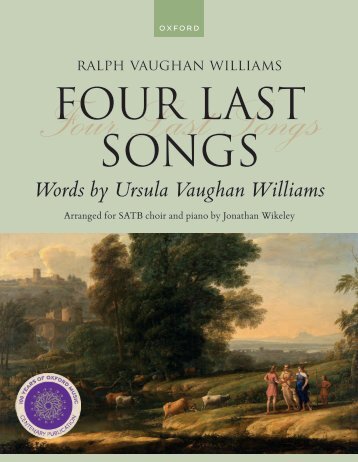

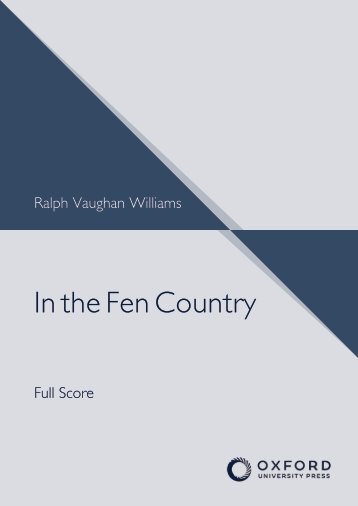
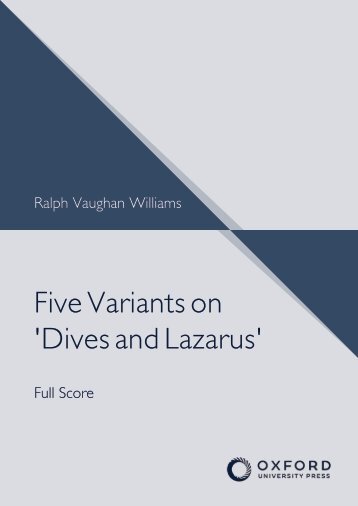
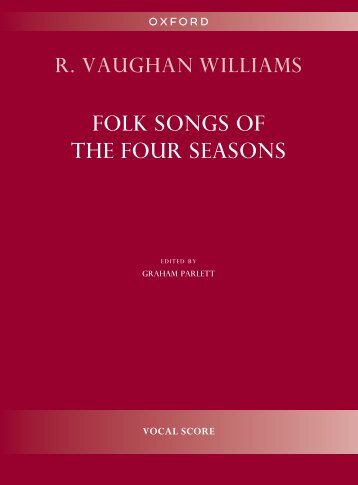




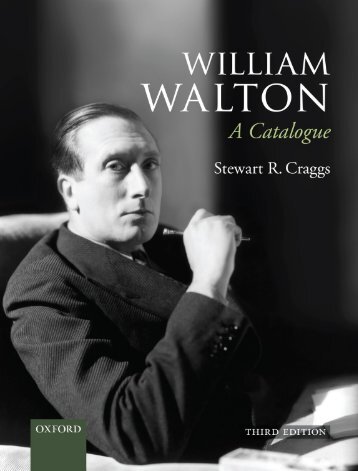



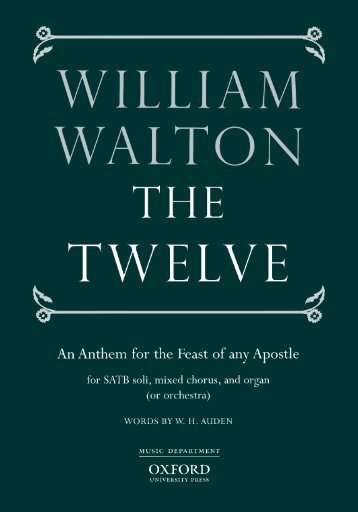


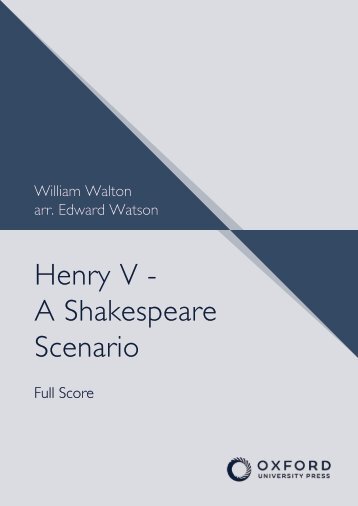






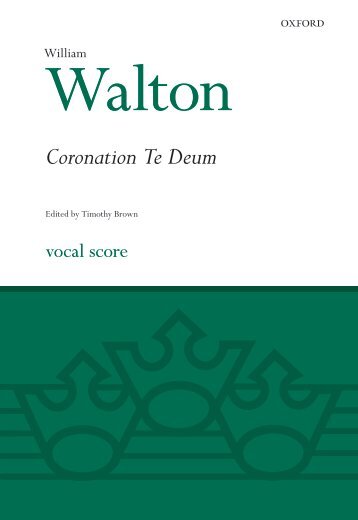
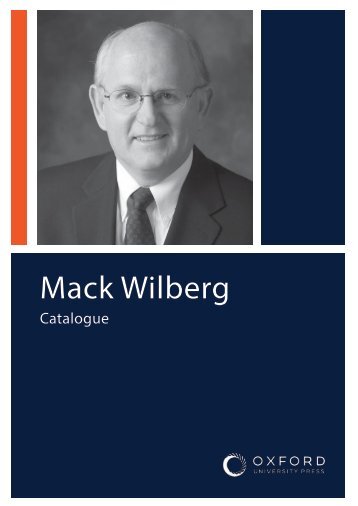
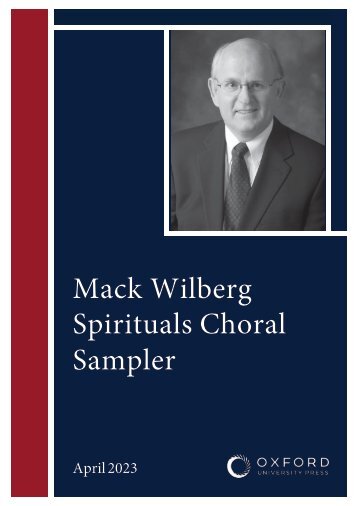
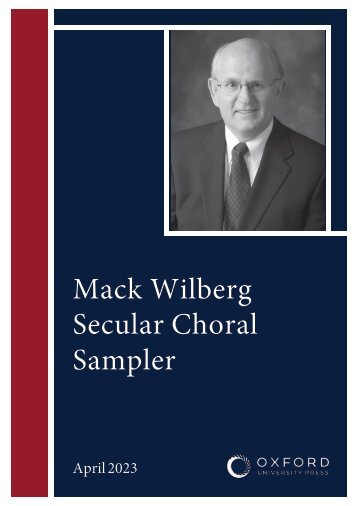




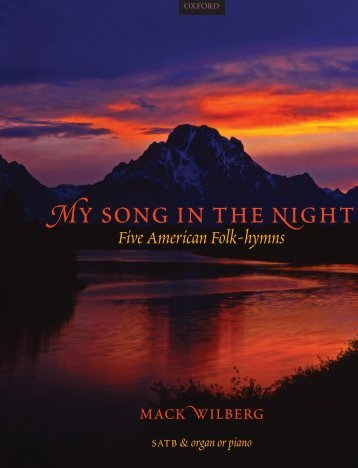
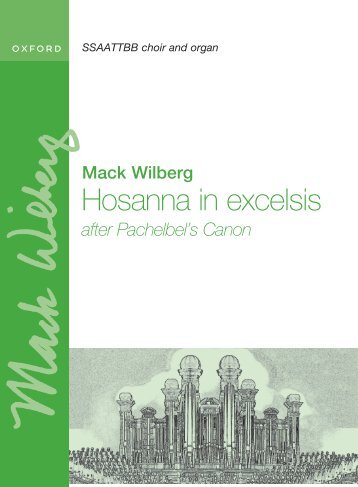


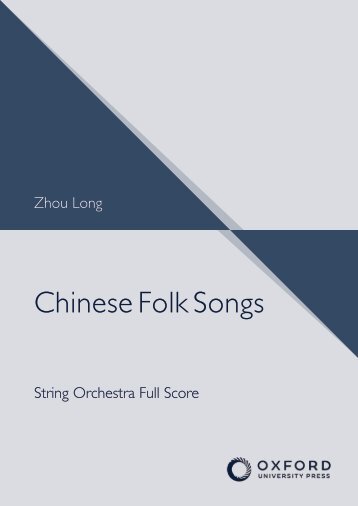

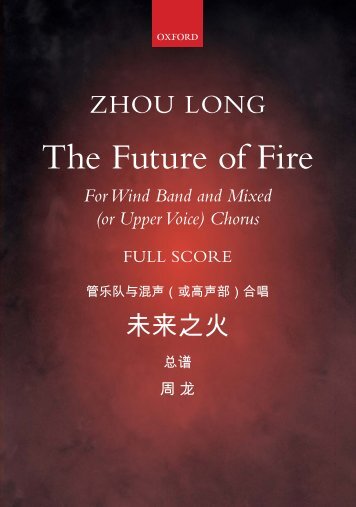





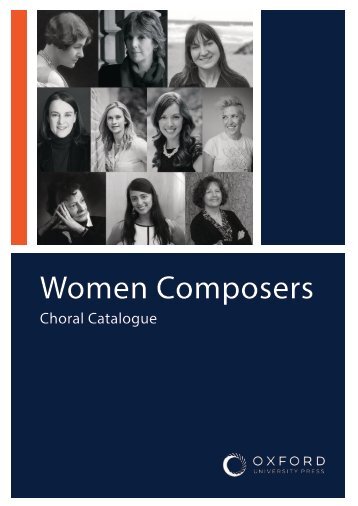

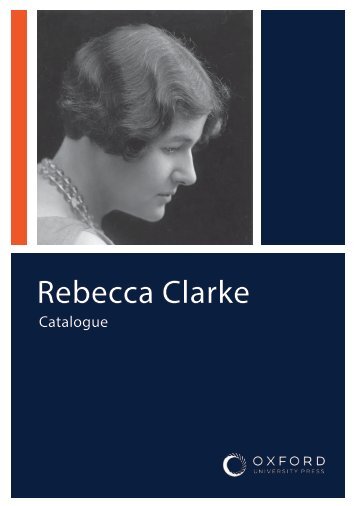

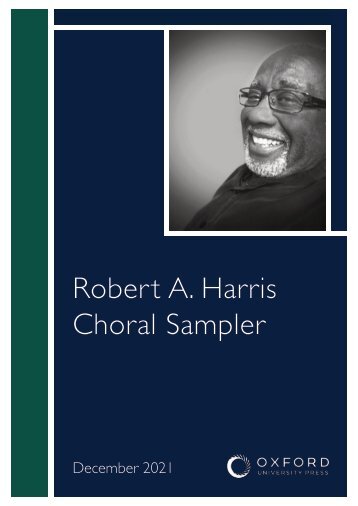
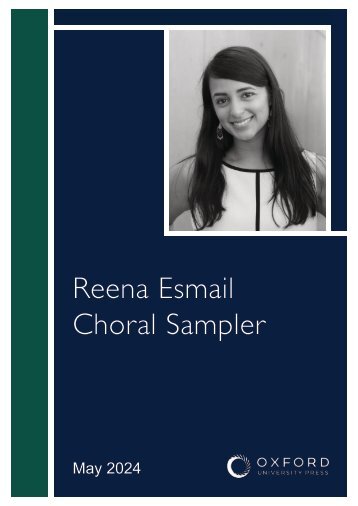
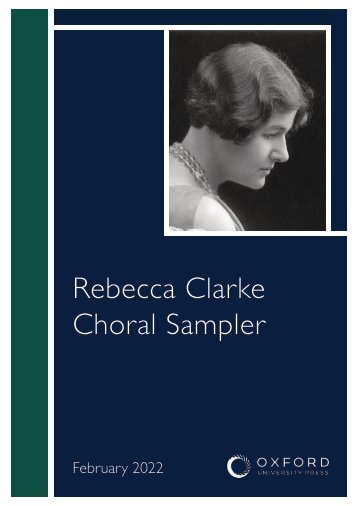
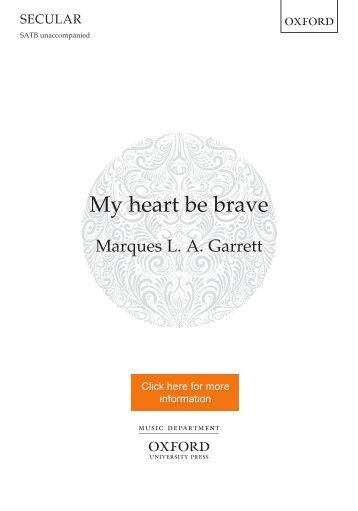
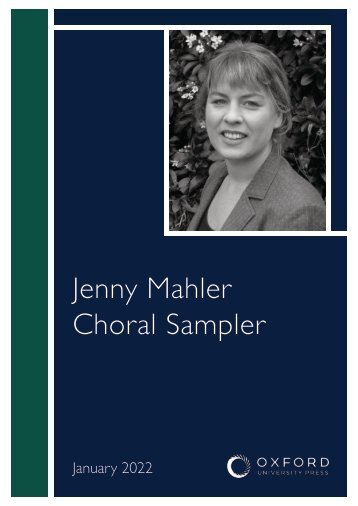
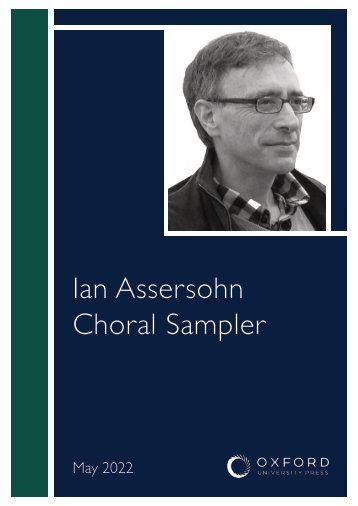
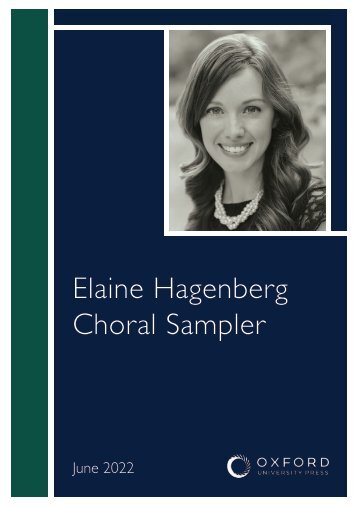
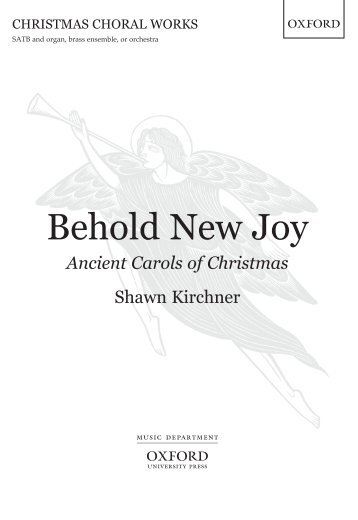
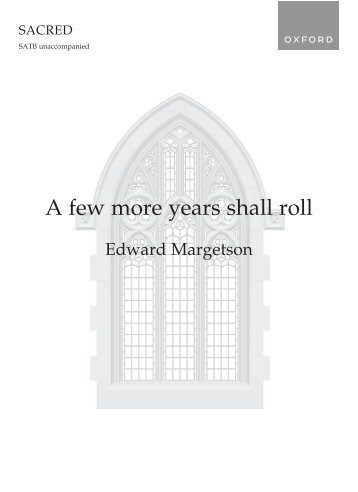
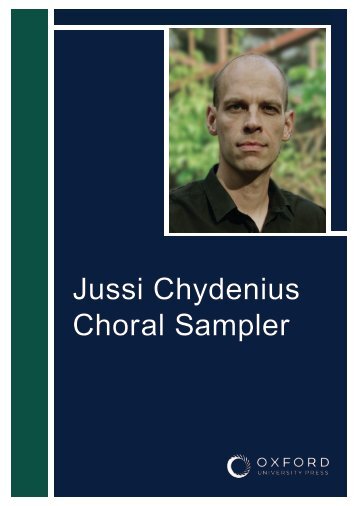


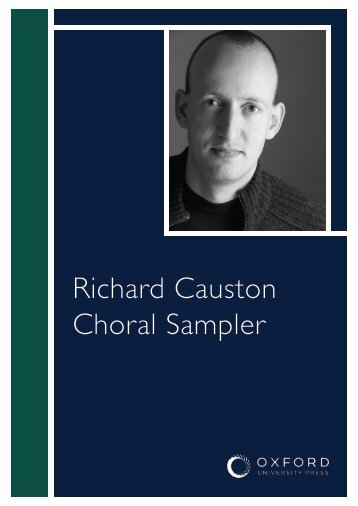
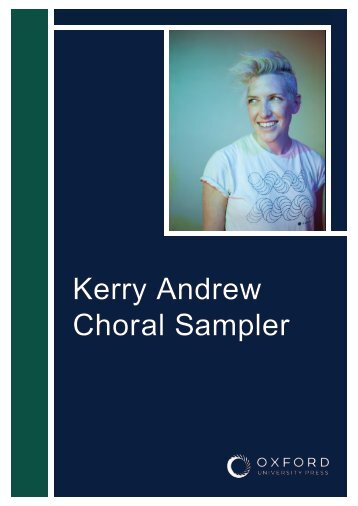
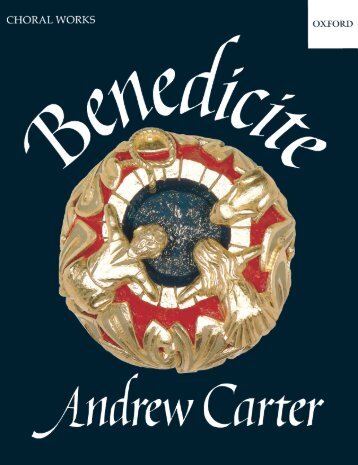

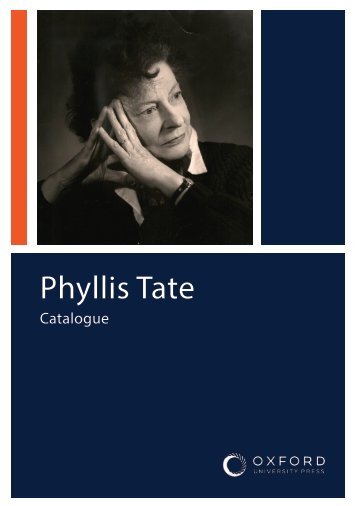
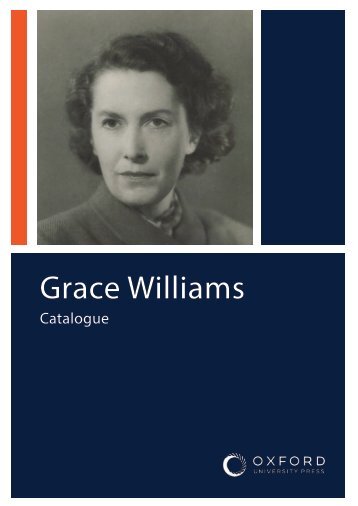

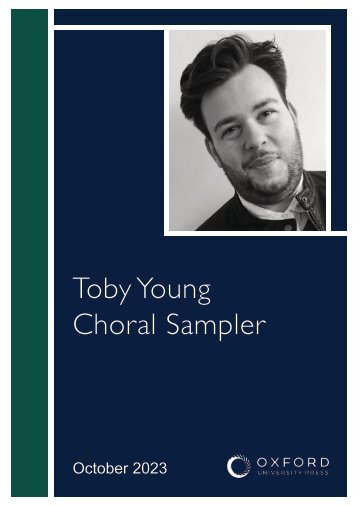
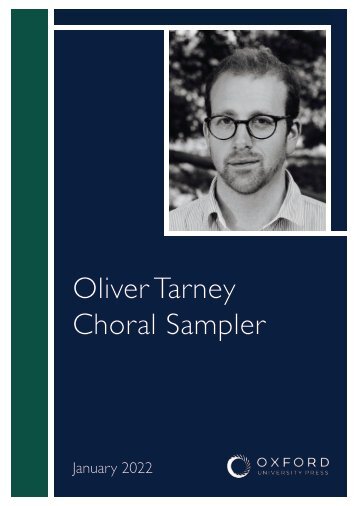

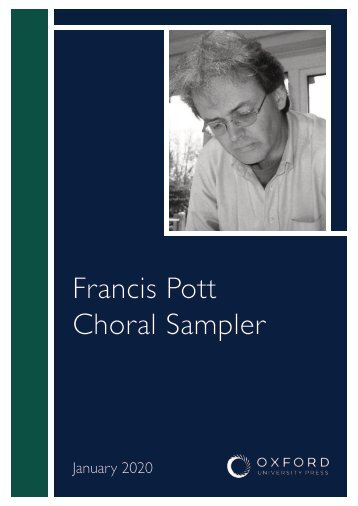
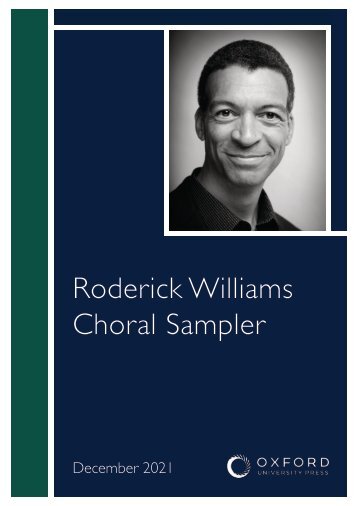
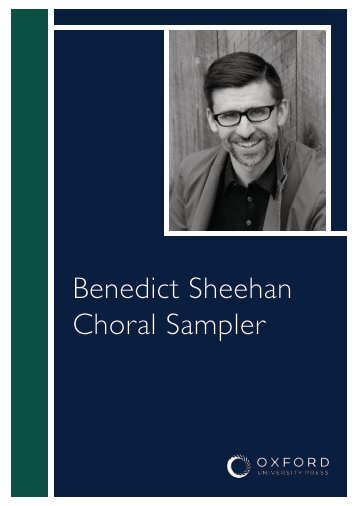
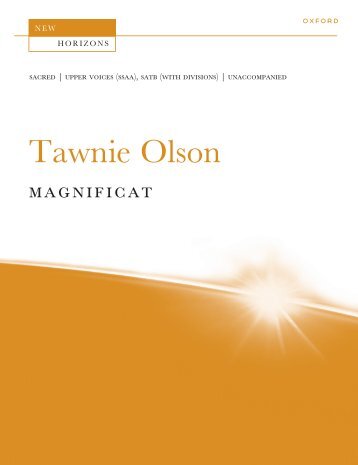
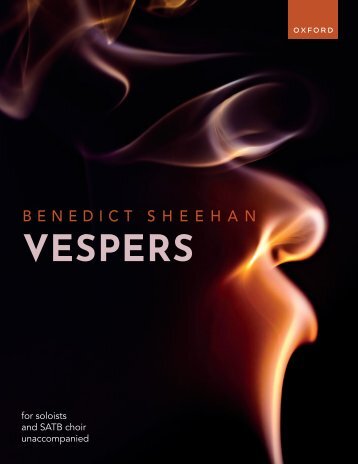

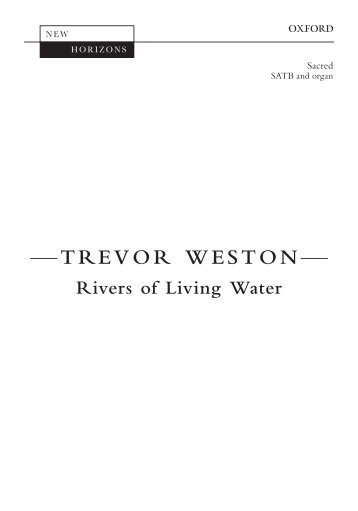
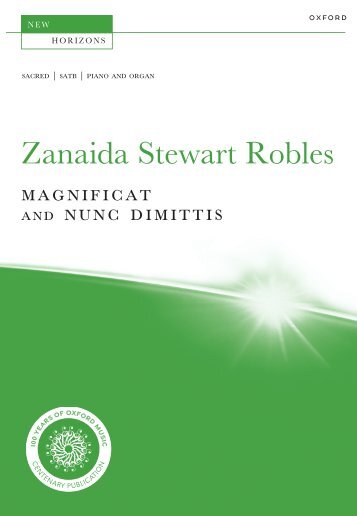


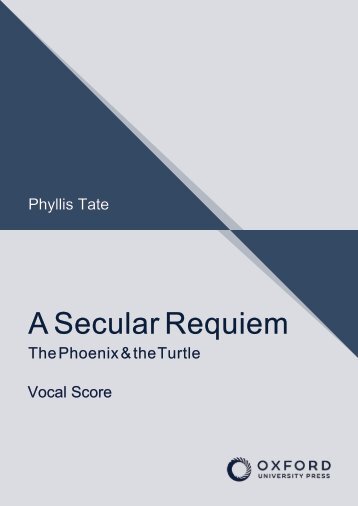

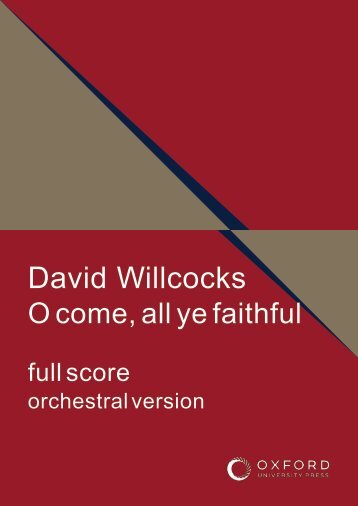


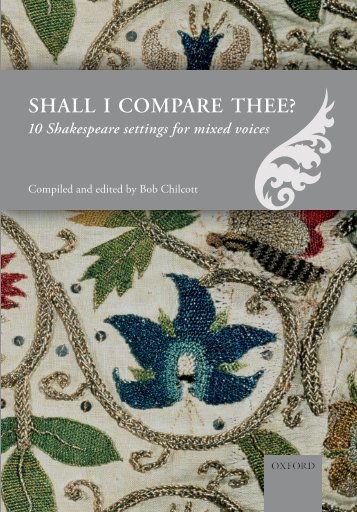
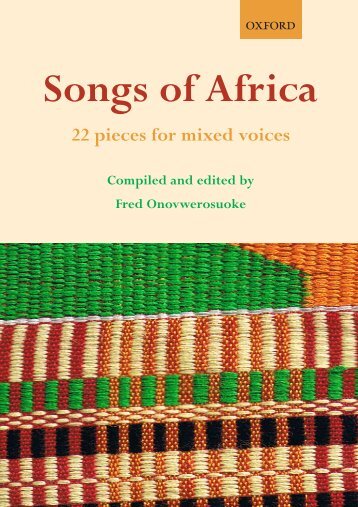




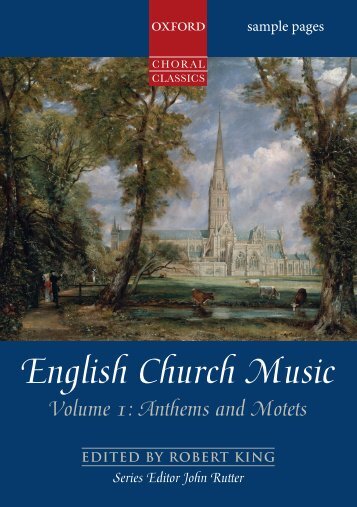
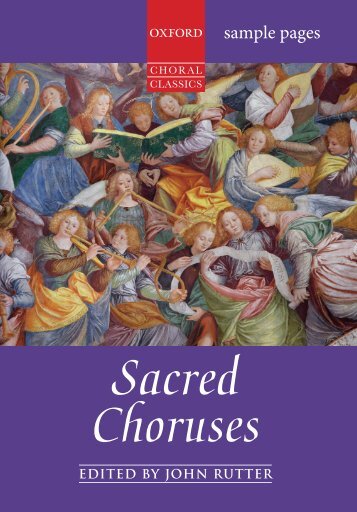

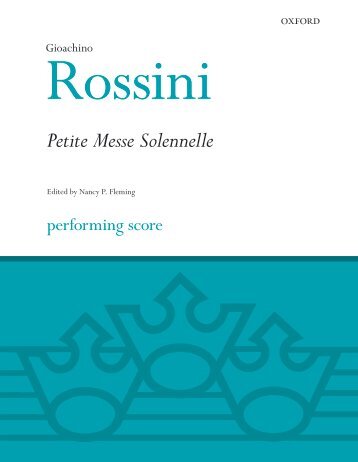
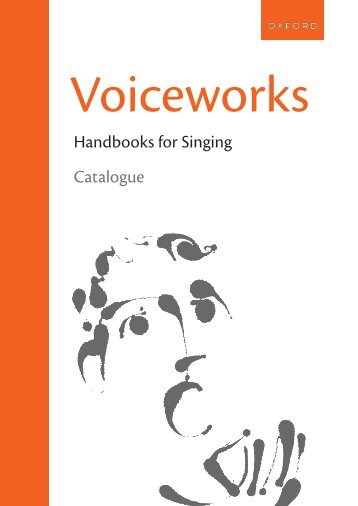



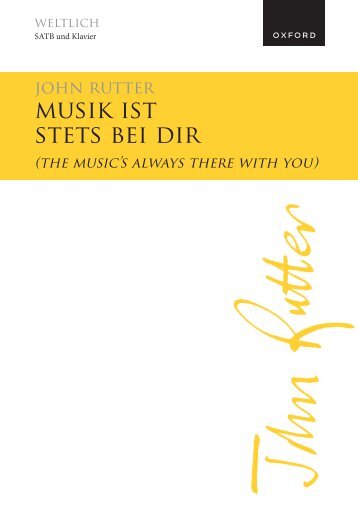
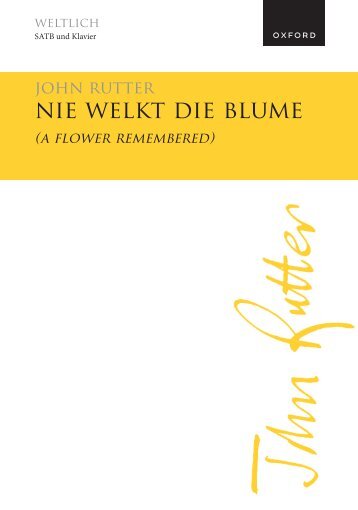

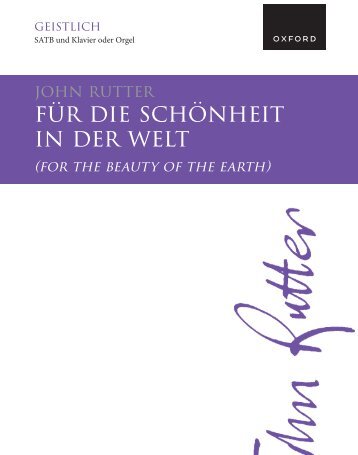
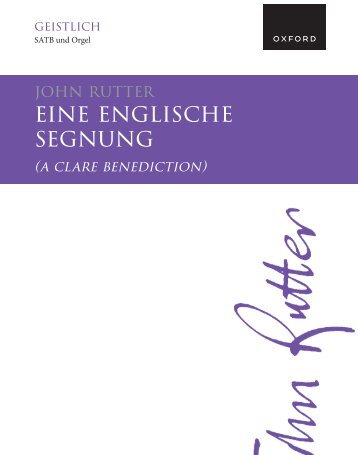

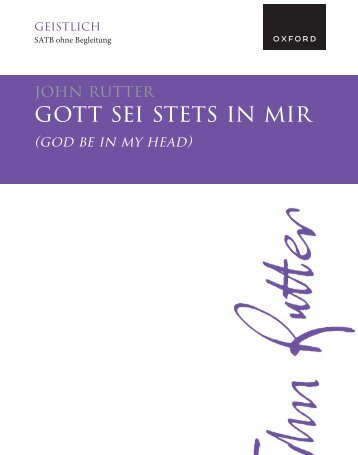


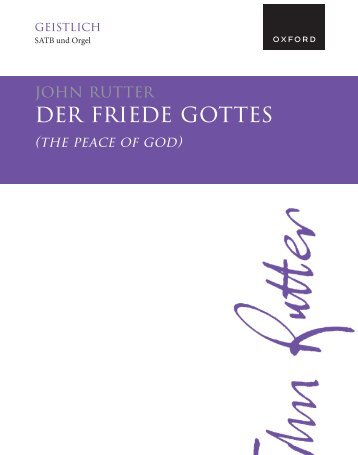

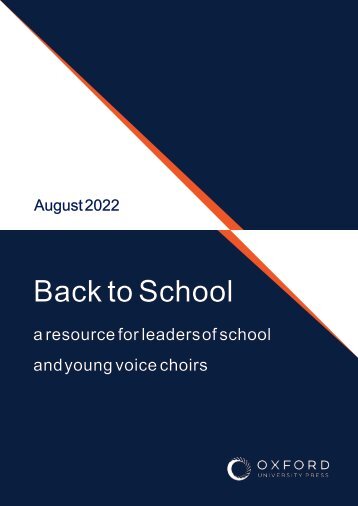
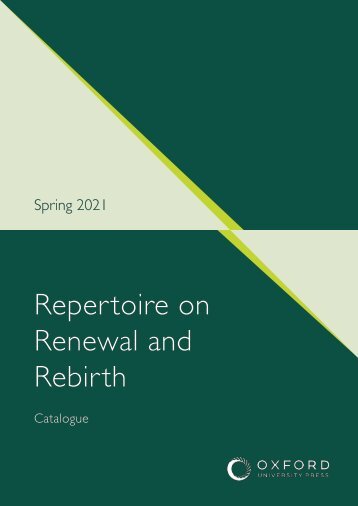
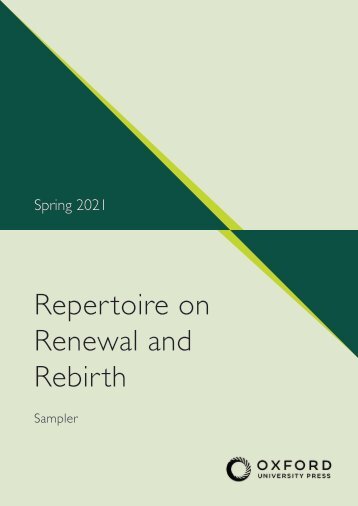
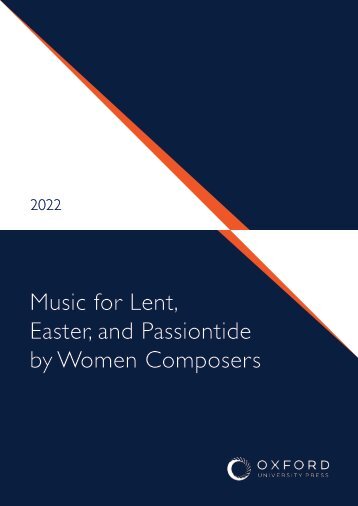
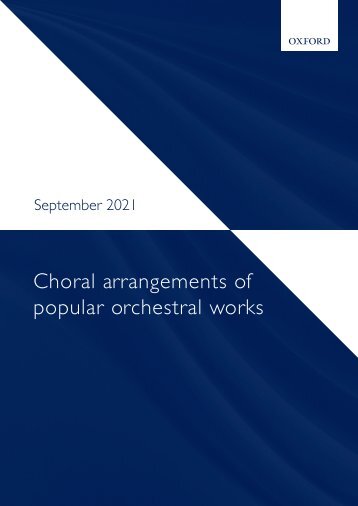
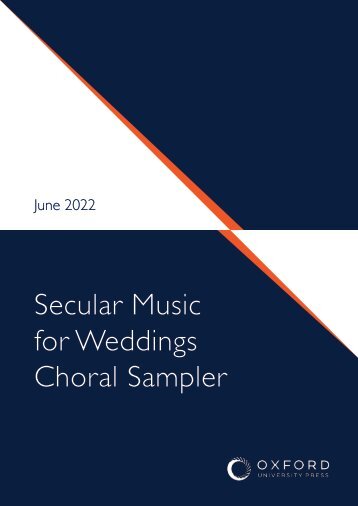

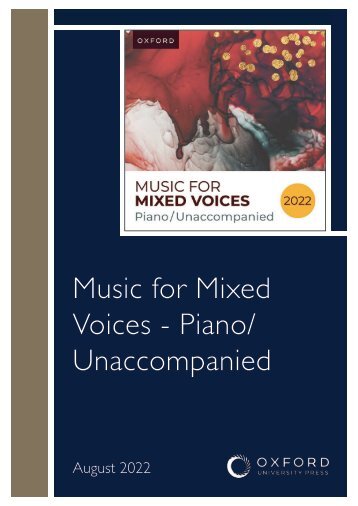
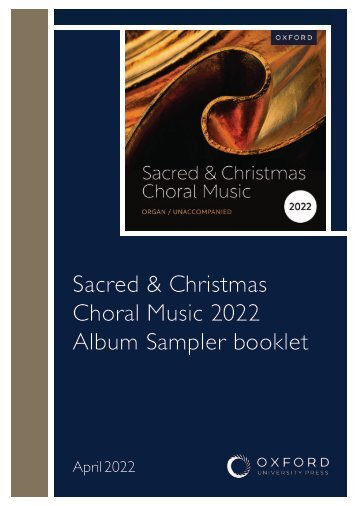
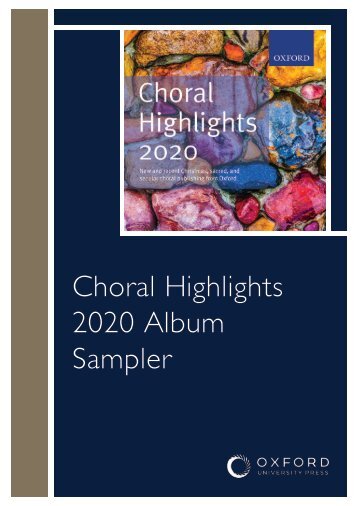
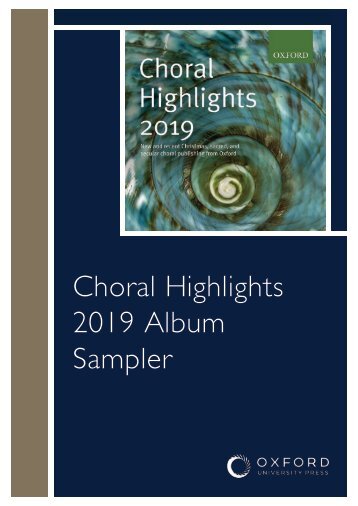
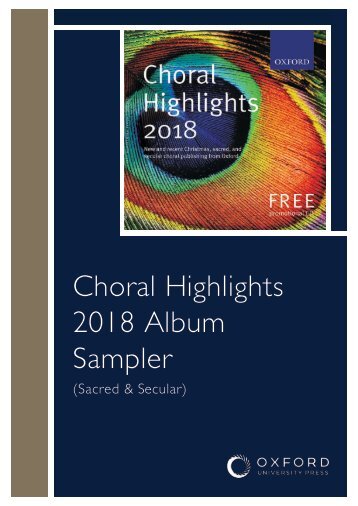

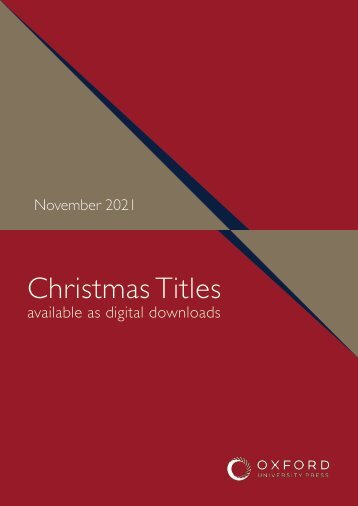
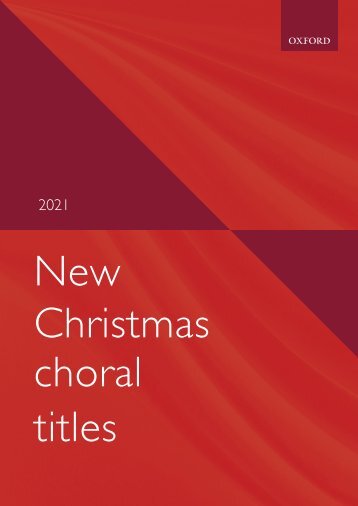
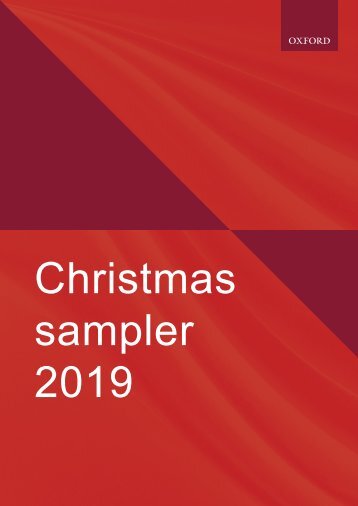
Facebook
Twitter
Email